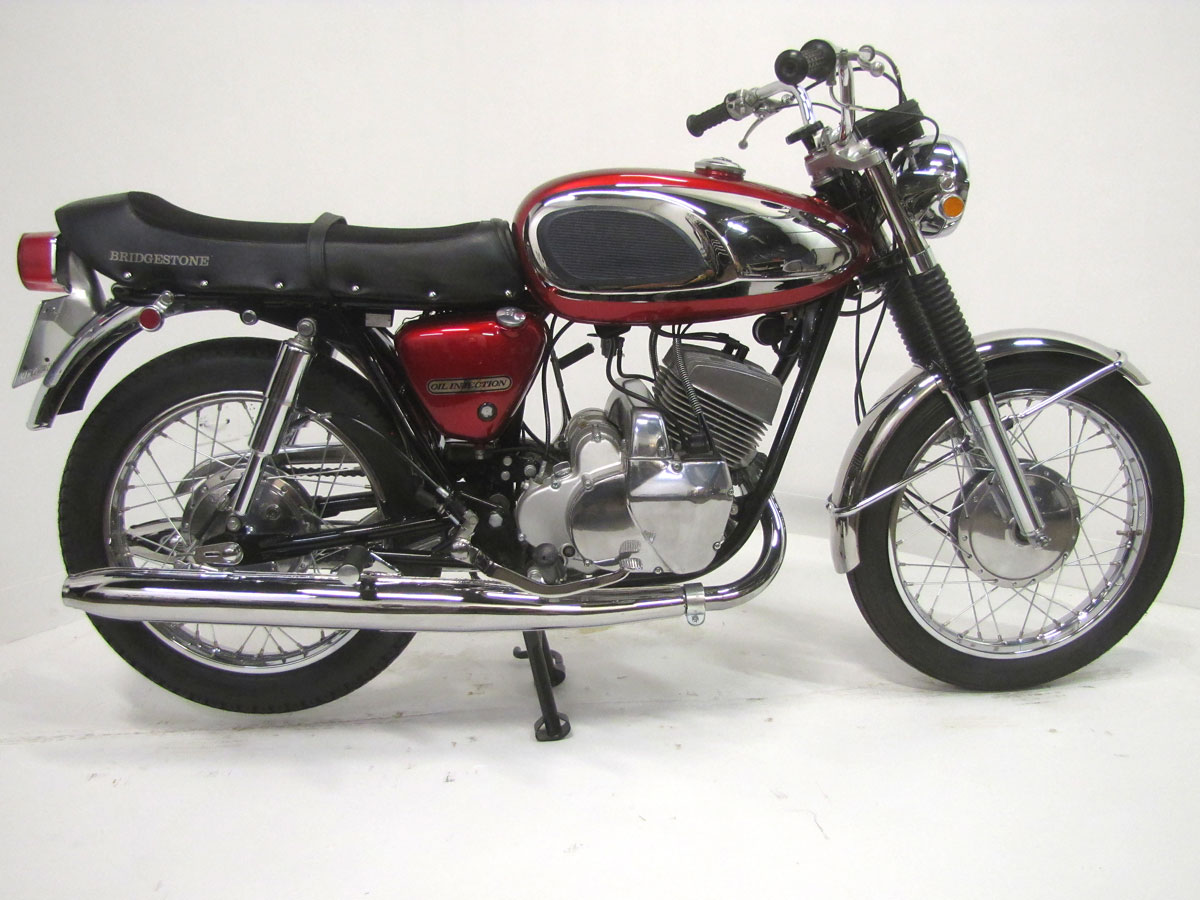
Almost as soon as motorcycles came available in England, Europe and the United States, they were exported to Japan. This was around 1905 and soon the motorcycle landscape in Japan looked much like it did in the rest of the world. Even lightweight singles like Indian and Harley made before 1910 were studied then designed and manufactured in Japan, and they borrowed heavily from French engine designs as did American designs. But decades later global financial problems, Japan’s government intervention, wars, build quality, dealer involvement, currency exchange and other obstacles reduced the post World War II group of Japanese exporters to Marusho, Lilac, Kawasaki, Honda, Suzuki, Yamaha, Tohatsu, Hodaka, Bridgestone and a few others. But by 1962 really only a handful survived on the competitive sales landscape, and one was Bridgestone who had just begun motorized bicycle manufacture in 1958.
If you lived in the late Bridgestone era, in the late 1960’s, you may recall Bridgestones had great candy apple paint, were heavily chrome plated, used rotary valve induction, also used by Kawasaki, and chrome plated cylinder bores. They were, and still are very sharp looking bikes and excellent runners. Recollection is that dealership locations were a bit haphazard in the Midwest and by this time the “big four Japanese” had a good foothold on the market, shut out most other Japanese makers, though dirt bike-focused Hodaka was a player as well.
Regarding Bridgestone’s demise, there is the story that as a major tire supplier to Honda and other Japanese makers, it was “suggested” they stick to tires, not compete in the motorcycle market if they expected tire orders to continue. Other historians focus on Bridgestone’s corporate board seeing higher profits in tire manufacture. In 1968 Bridgestone won Japan’s most prestigious manufacturing award, the Deming Award for Excellence in Quality Management. They were gone from the U.S after 1971 with their last two years of manufacture done not in Japan, but by Rockford in the United States.
Looking at this machine now it’s among the best of late 1960’s Japanese designs. The engine cases are nicely shaped, highly polished, shocks fully enclosed (more chrome!) and the seat’s shape mimics road racers of the era and uses a suede vinyl on top, another road racer cue. The sleek fuel tank is devoid of any graphics. Oddly, the kick starter is on the left. Advanced, there’s a six speed transmission and a transmission fluid sight glass. A nod to the era, the shifter and rear brake pedal can be swapped left to right. Toward the end of production, an up pipe scrambler model, the GTO was offered in a flashy gold paint scheme.
When you visit the National Motorcycle Museum you can look over this fine early Bridgestone 350GTR, a marque from a distant time, and compare it to Yamahas, Suzukis, Kawasakis and Hondas of the era, even 500cc British bikes which it competed with in showrooms of the era.
This GTR was meticulously restored by Bridgestone specialist Steve Reed, for Richard Clark and a tremendous amount of new old stock parts were used. It is currently owned by Kerry Pagenkopf who very recently graciously loaned it to the Museum. At some point Kerry may be bringing over for display his “up pipe” 350GTO as well.
Specifications:
-
- Engine: Two-Stroke Twin, Air-Cooled
- Induction: Rotary Valve
- Lubrication: Oil Injection
- Bore & Stroke: 61mm x 59mm
- Displacement: 345 cc’s / 21.5 Cubic Inches
- Compression Ratio: 9.3:1
- Carburetion: Mikuni VM26SC
- Horsepower: 40HP Rated
- Primary: Helical Gear Driven
- Clutch: Multi-Plate, Dry
- Electrics: 12 V Battery, Coil, Points
- Starting: Kick Start Only
- Transmission: 6-Speed
- Frame: Twin Loop / Tubular Steel
- Suspension: Hydraulic Fork / Twin Shocks
- Brakes: 7.4 Inch Drum Front / 7.4 Inch Drum Rear
- Wheels / Tires: 3.25 x 19 / 3.25 x 19
- Wheelbase: 52 Inches
- Top Speed: 94 mph
- Quarter Mile: 15.16 seconds, 82.34 MPH
- Weight: 369 Pounds, Half Tank Fuel
Leave a Reply
Want to join the discussion?Feel free to contribute!

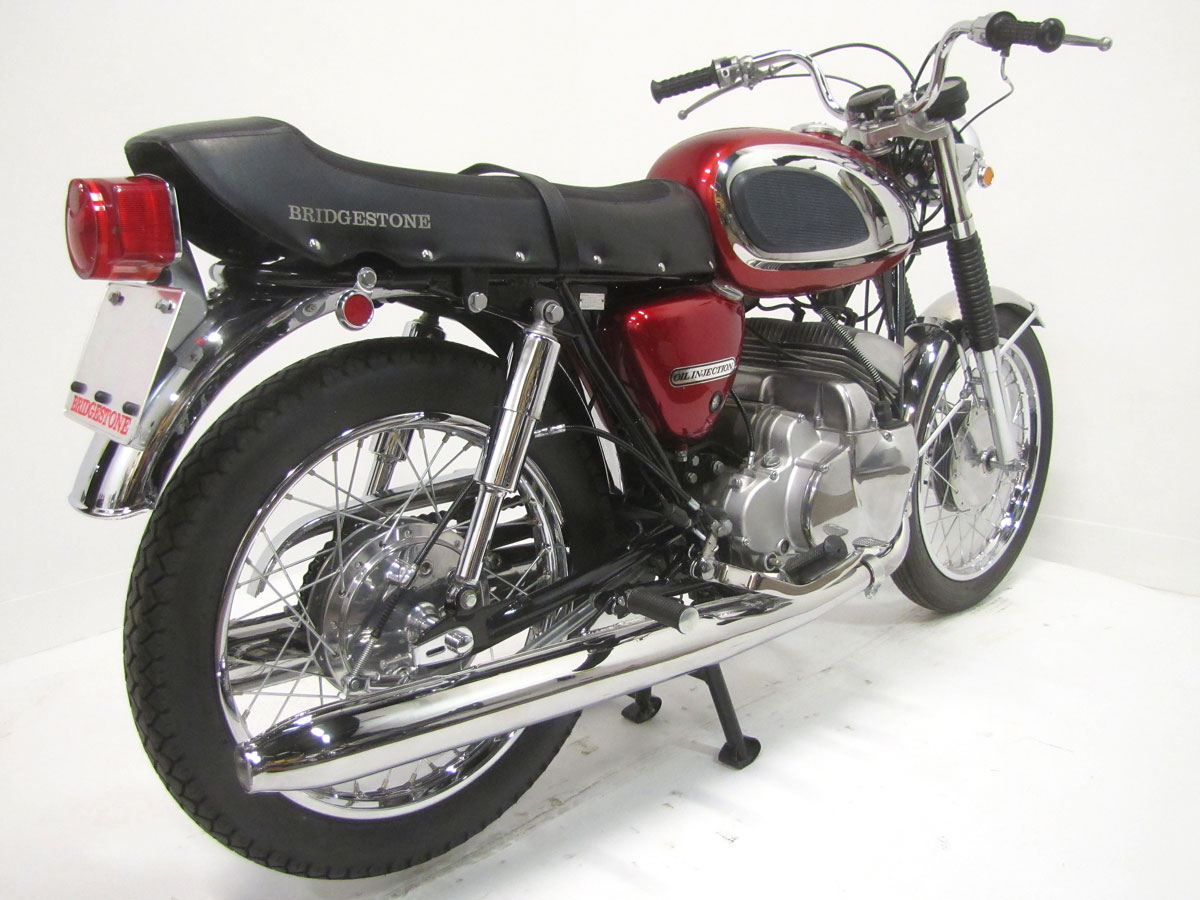
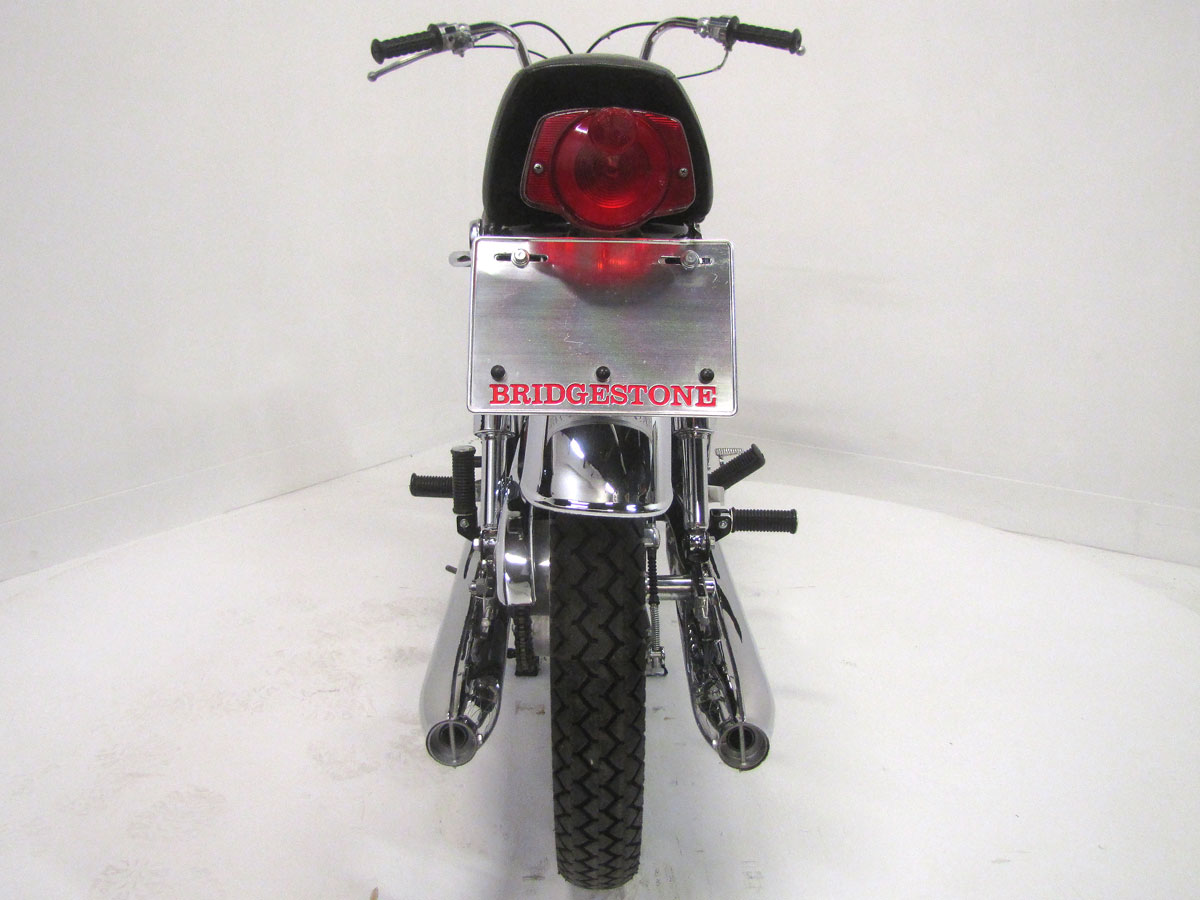
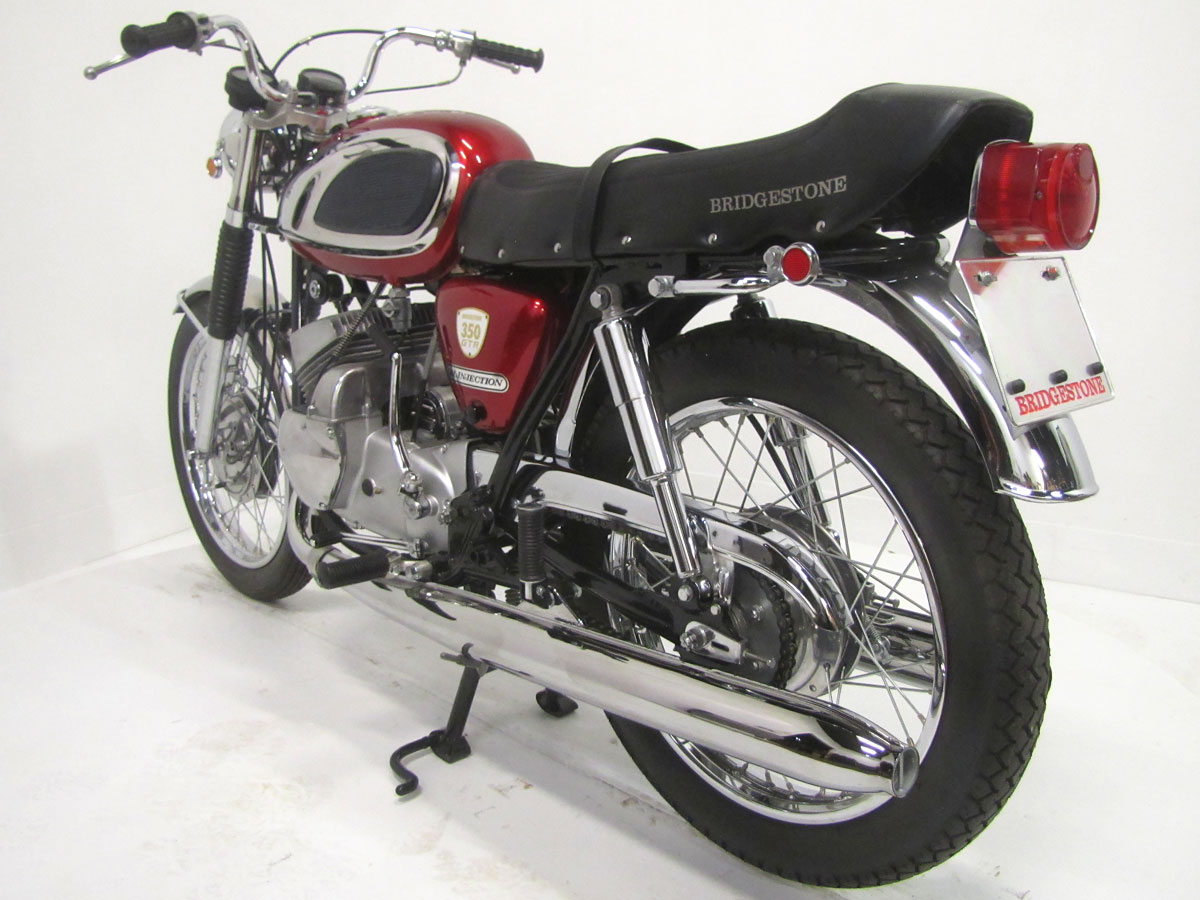
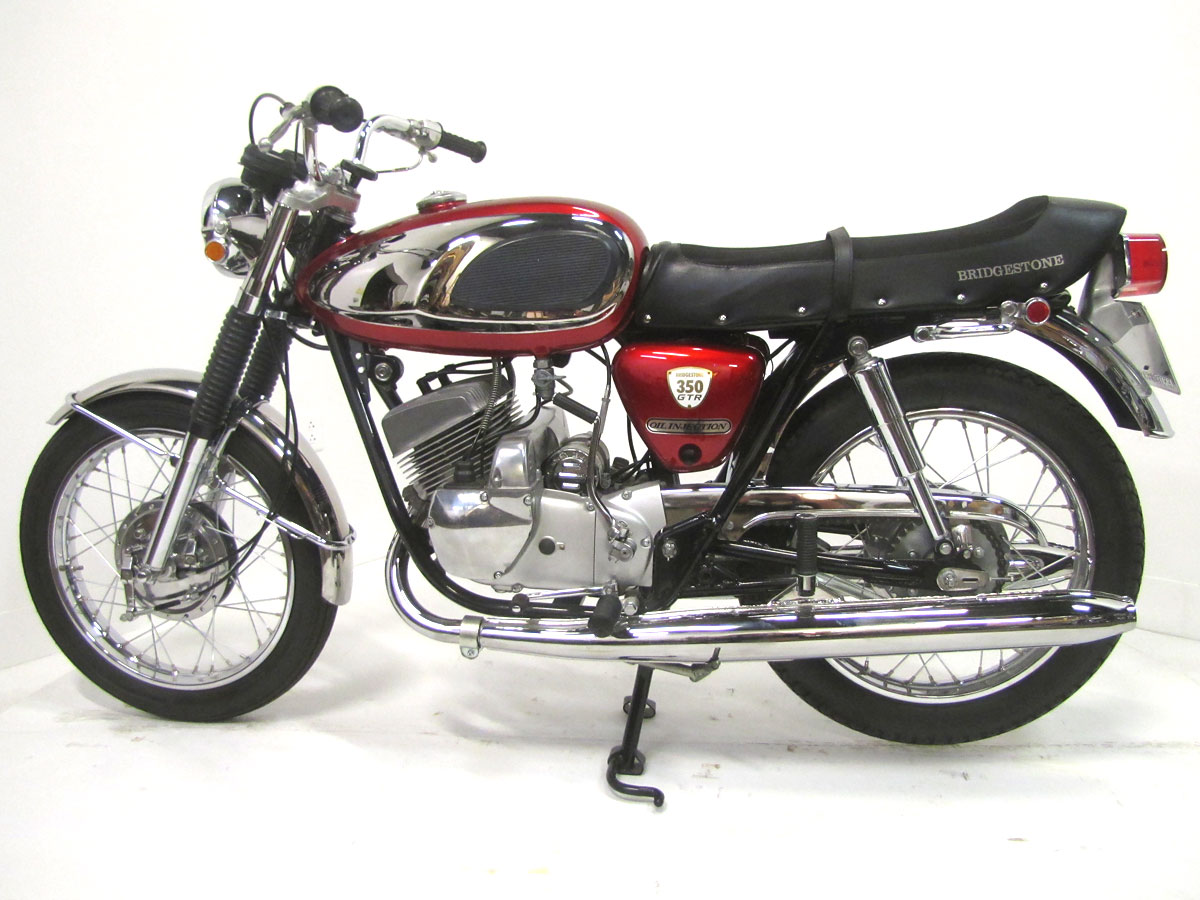
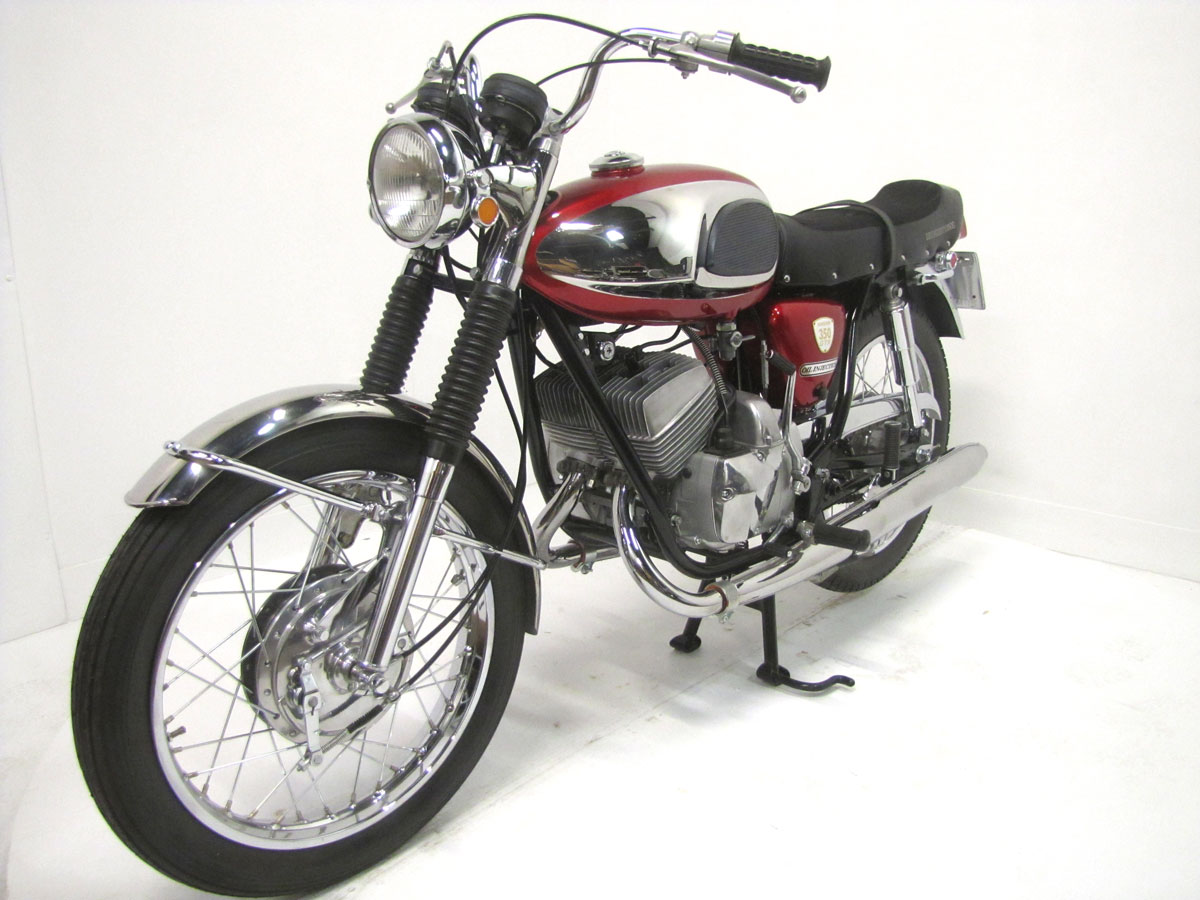
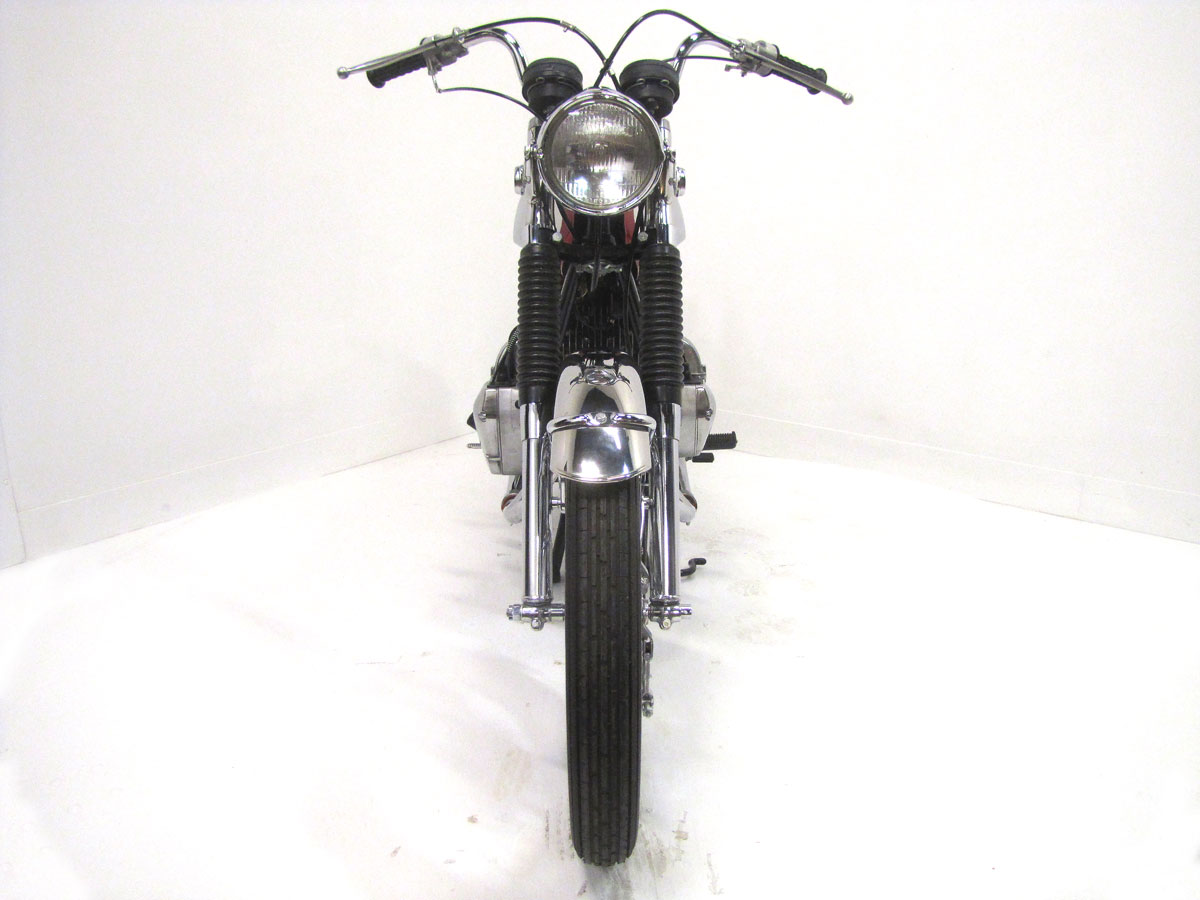
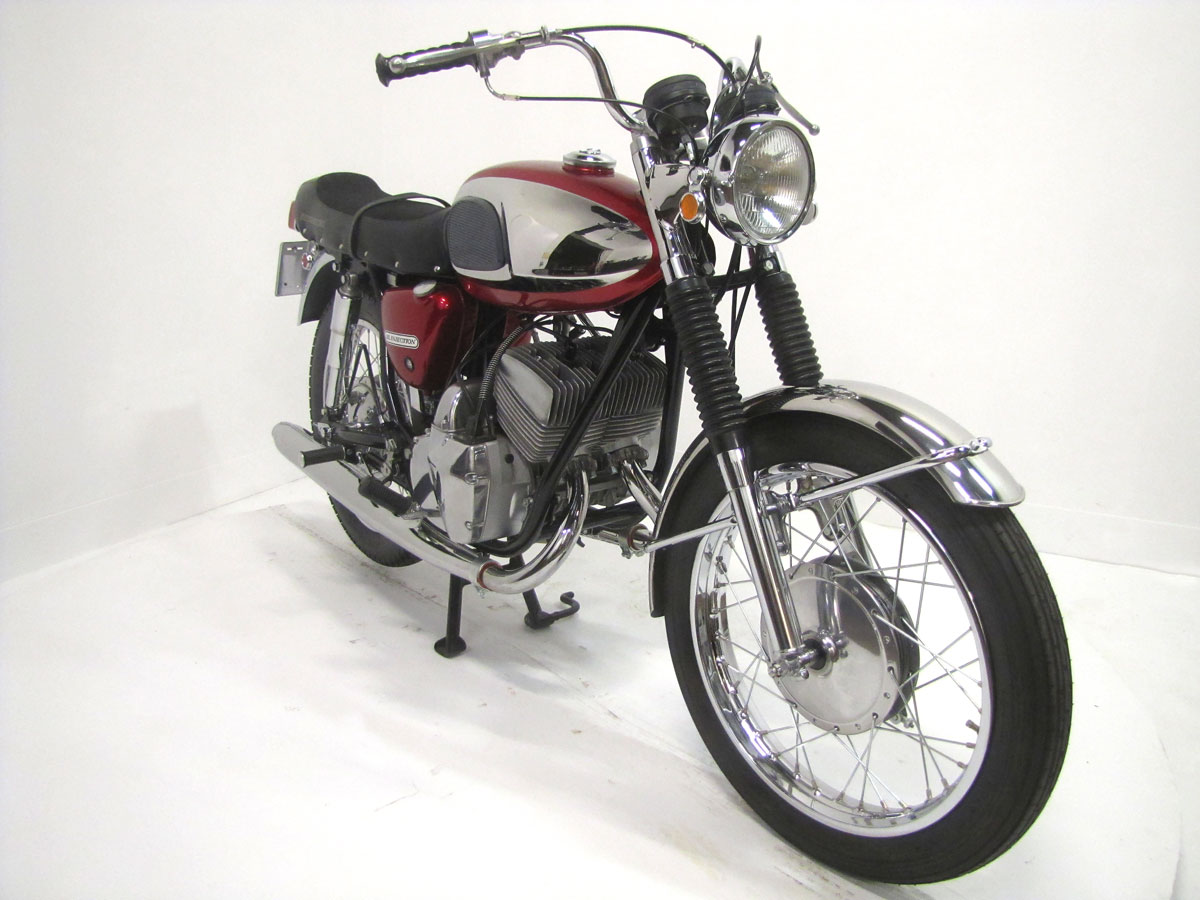
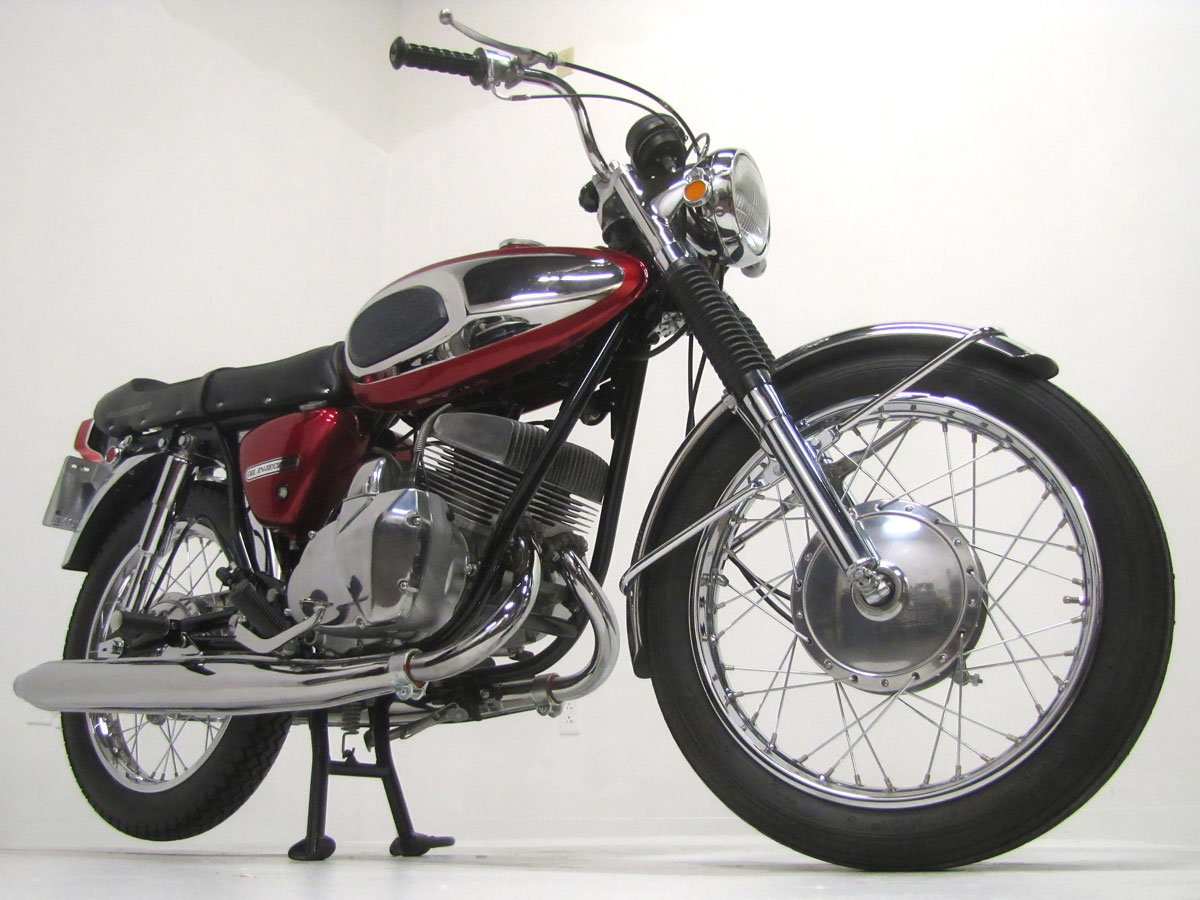
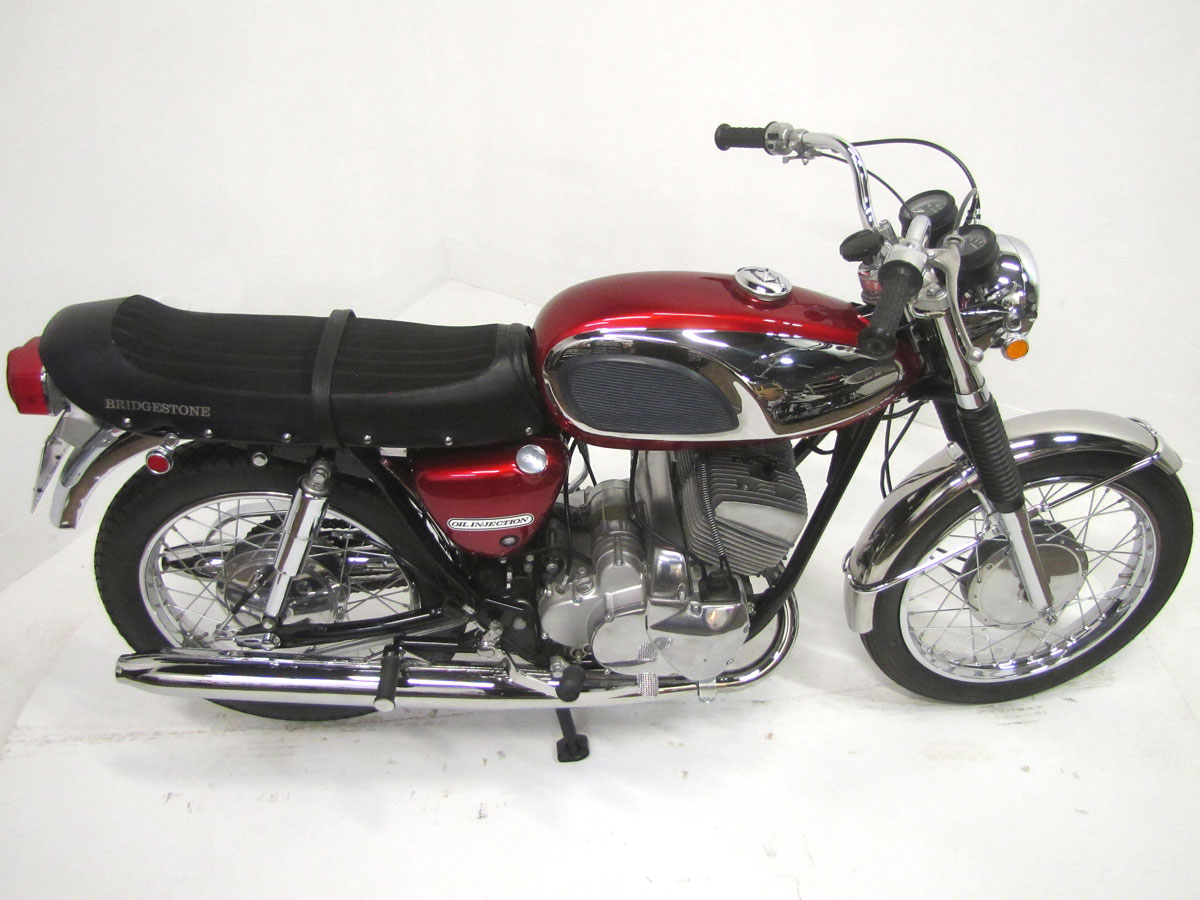
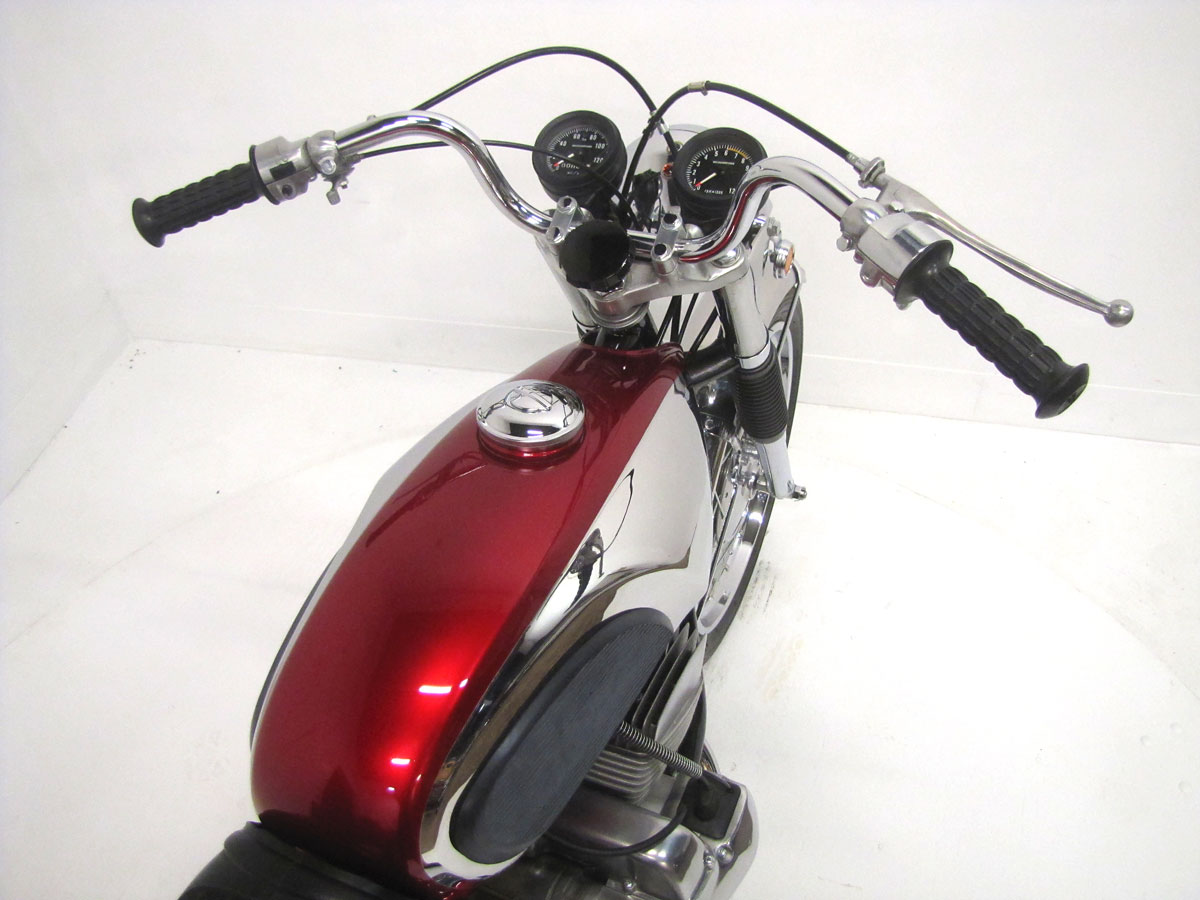
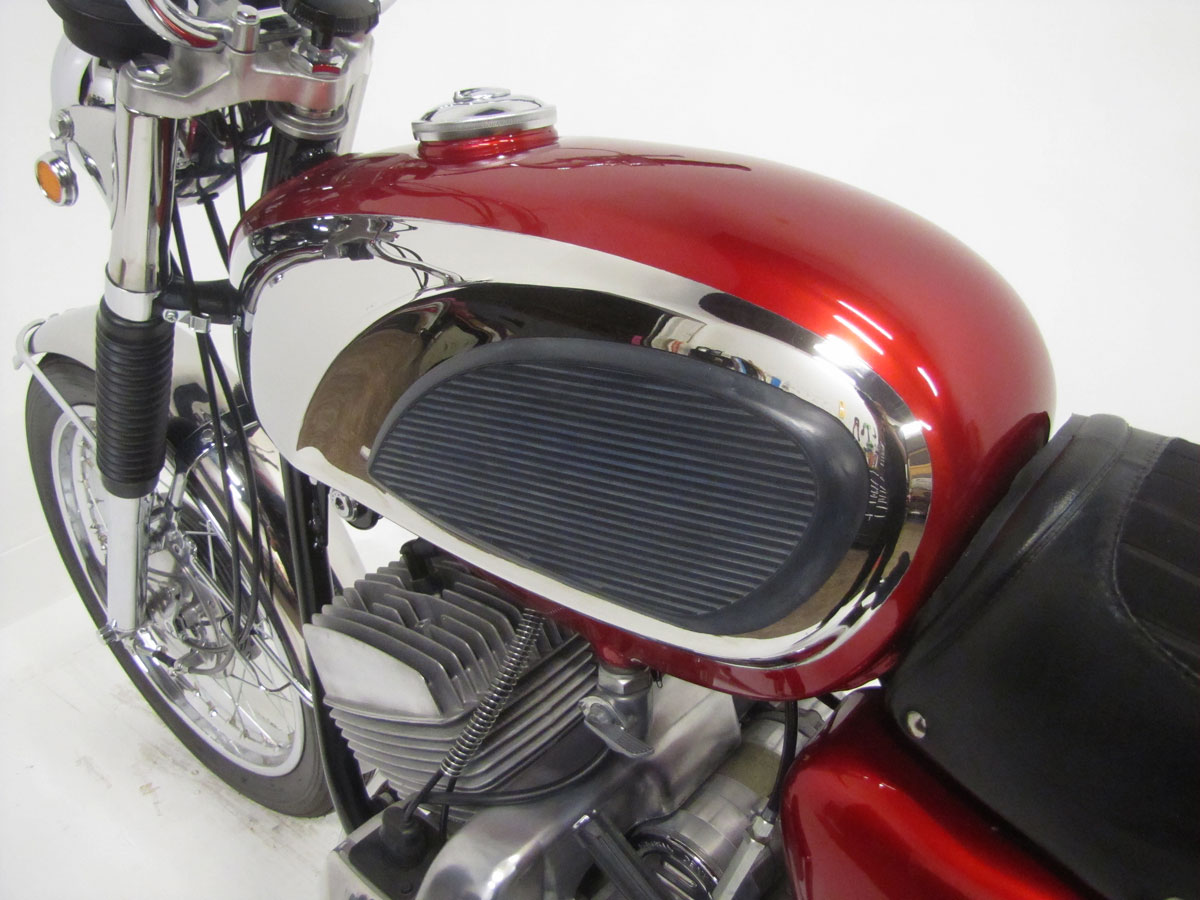
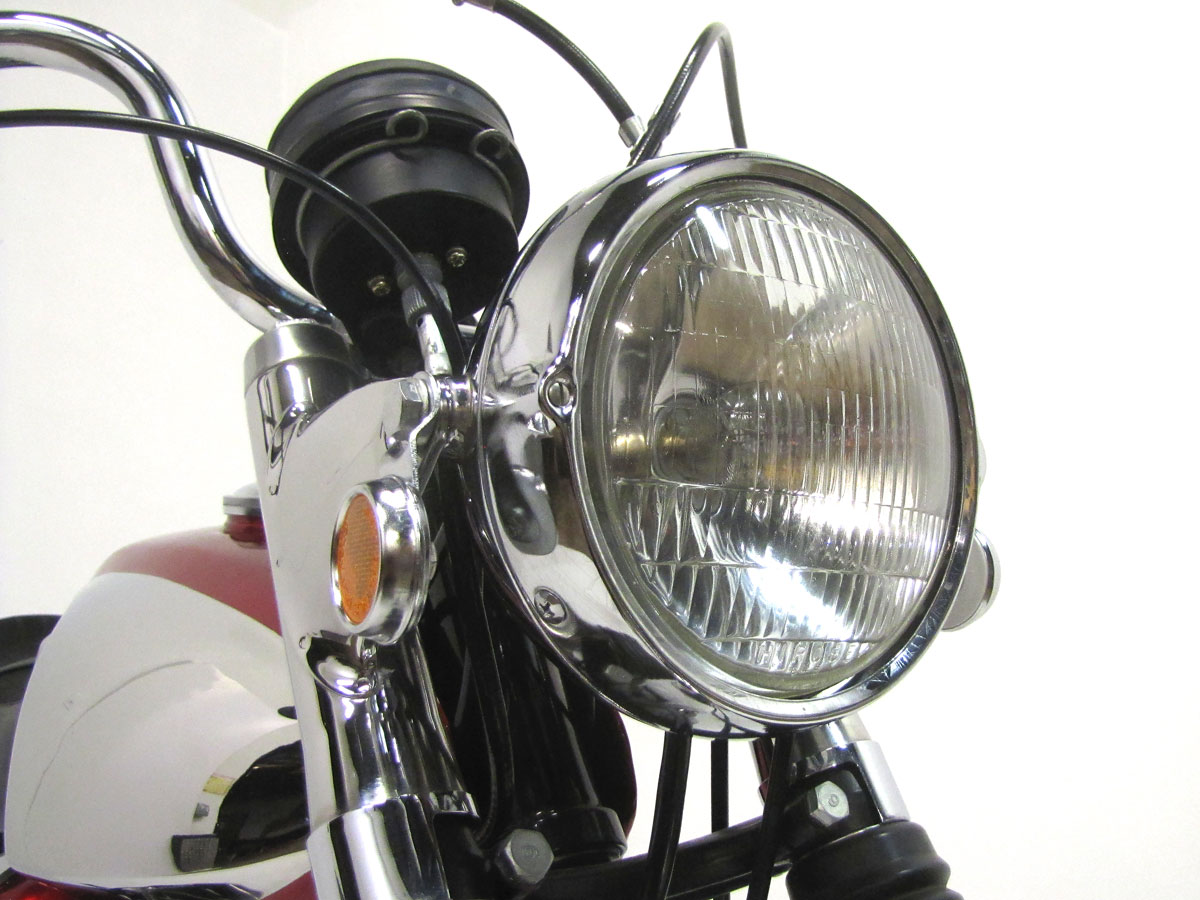
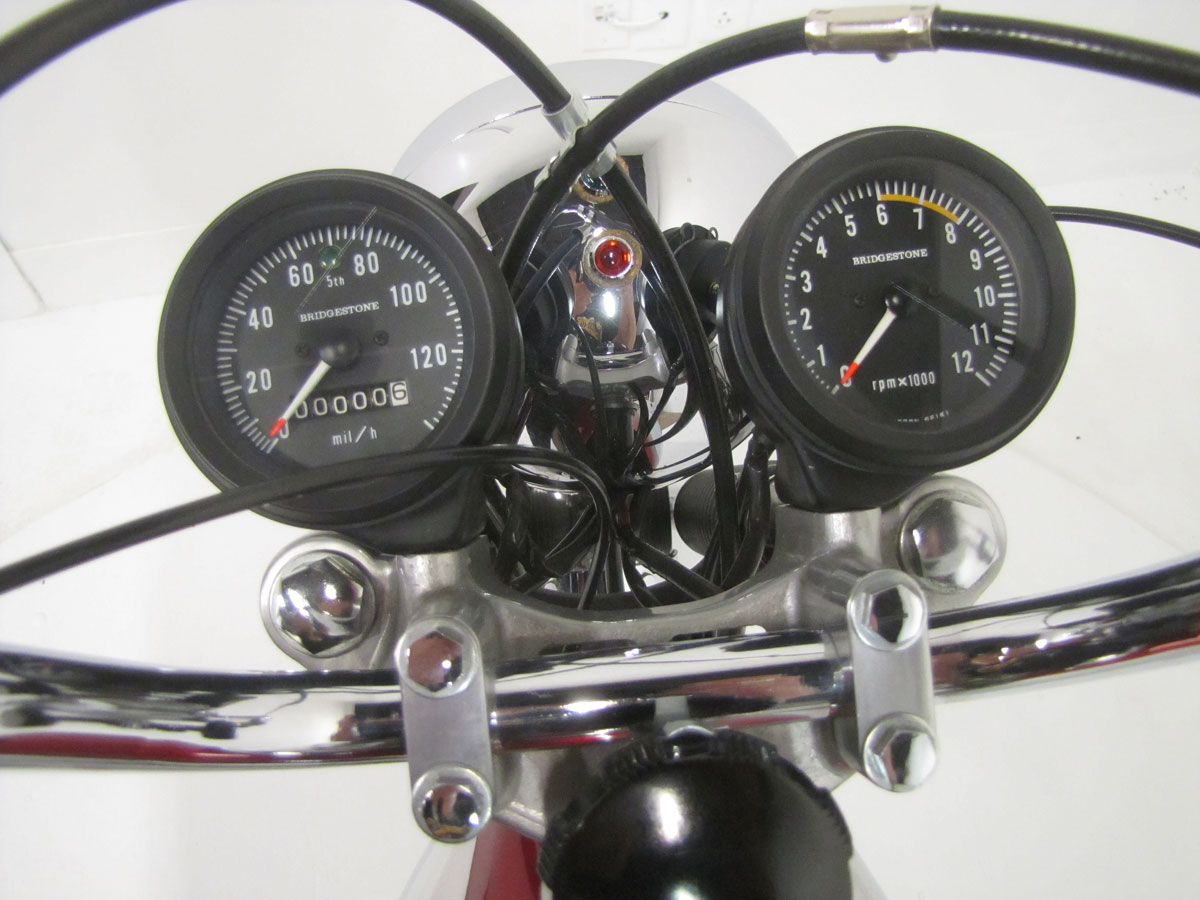
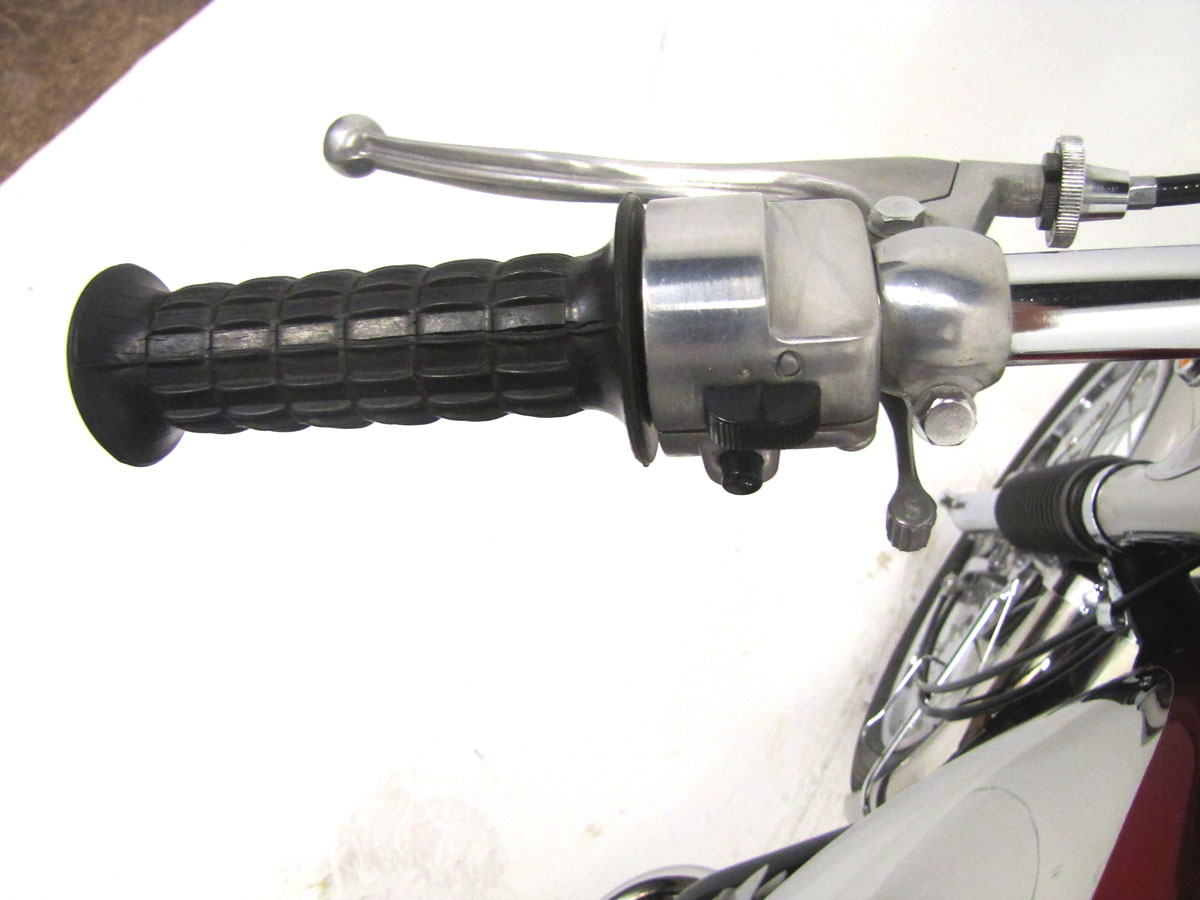
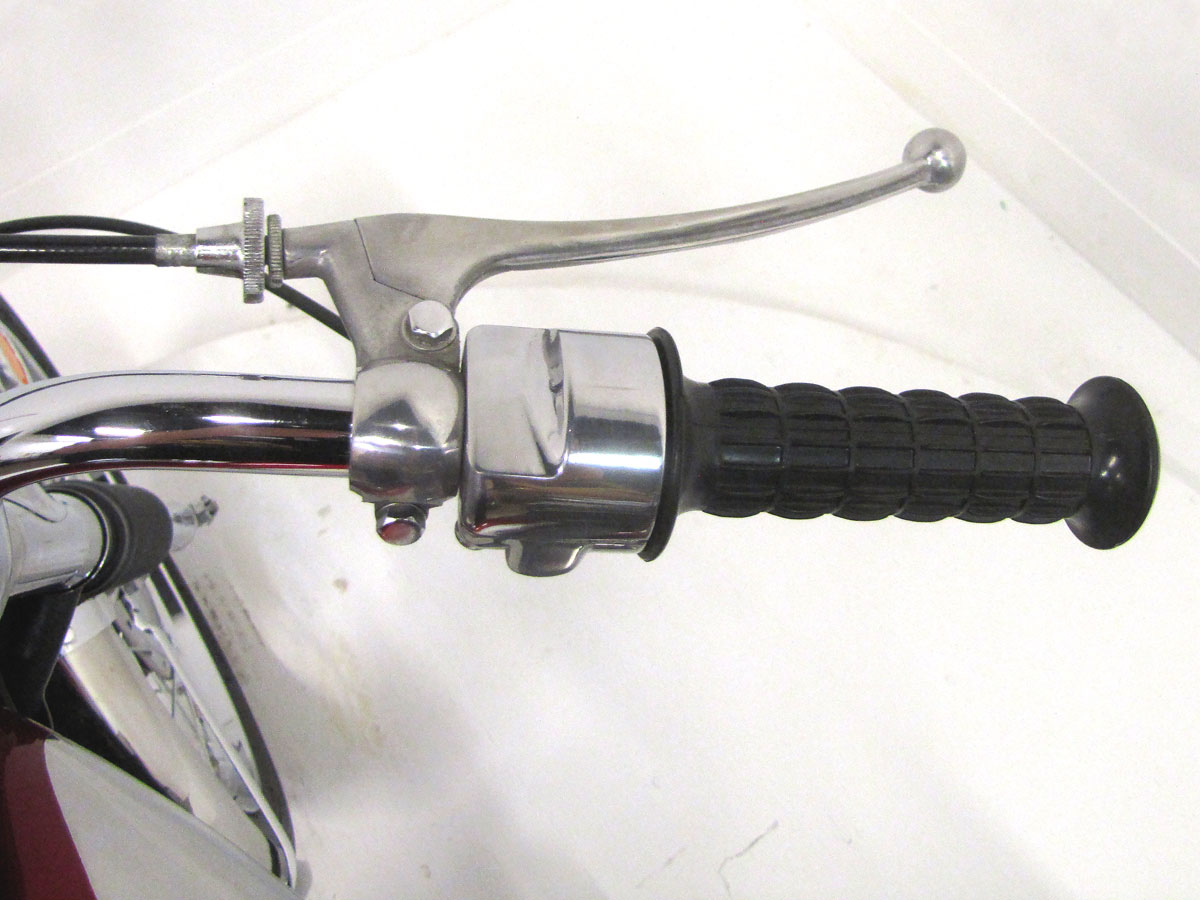
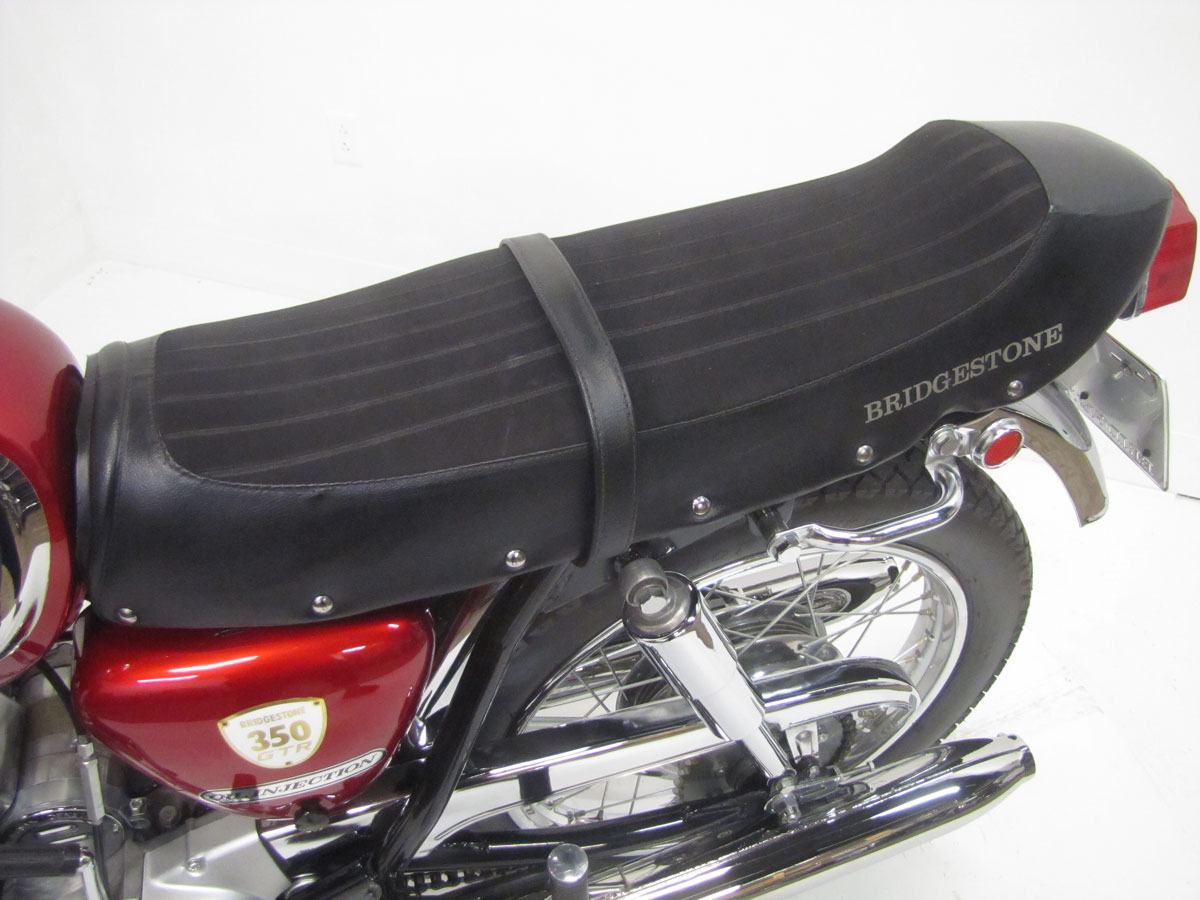
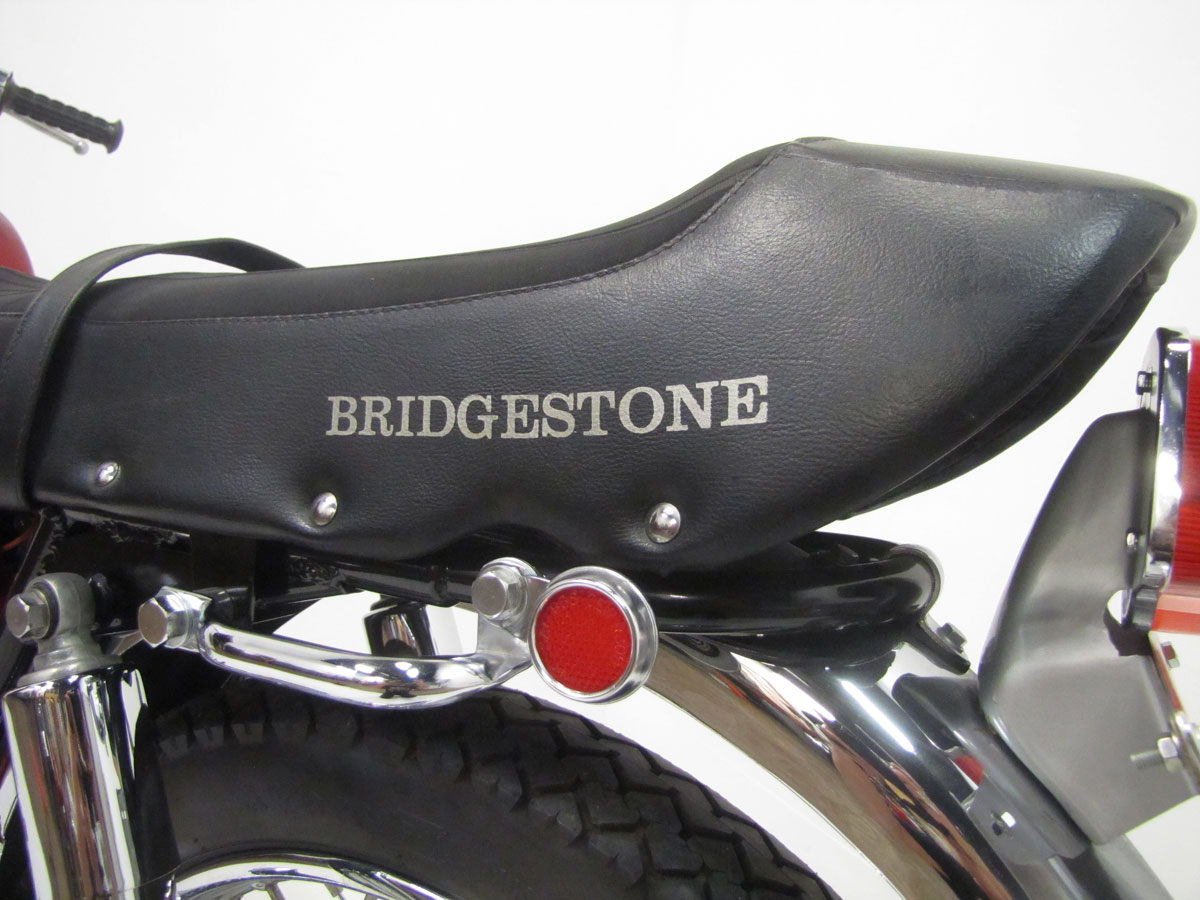
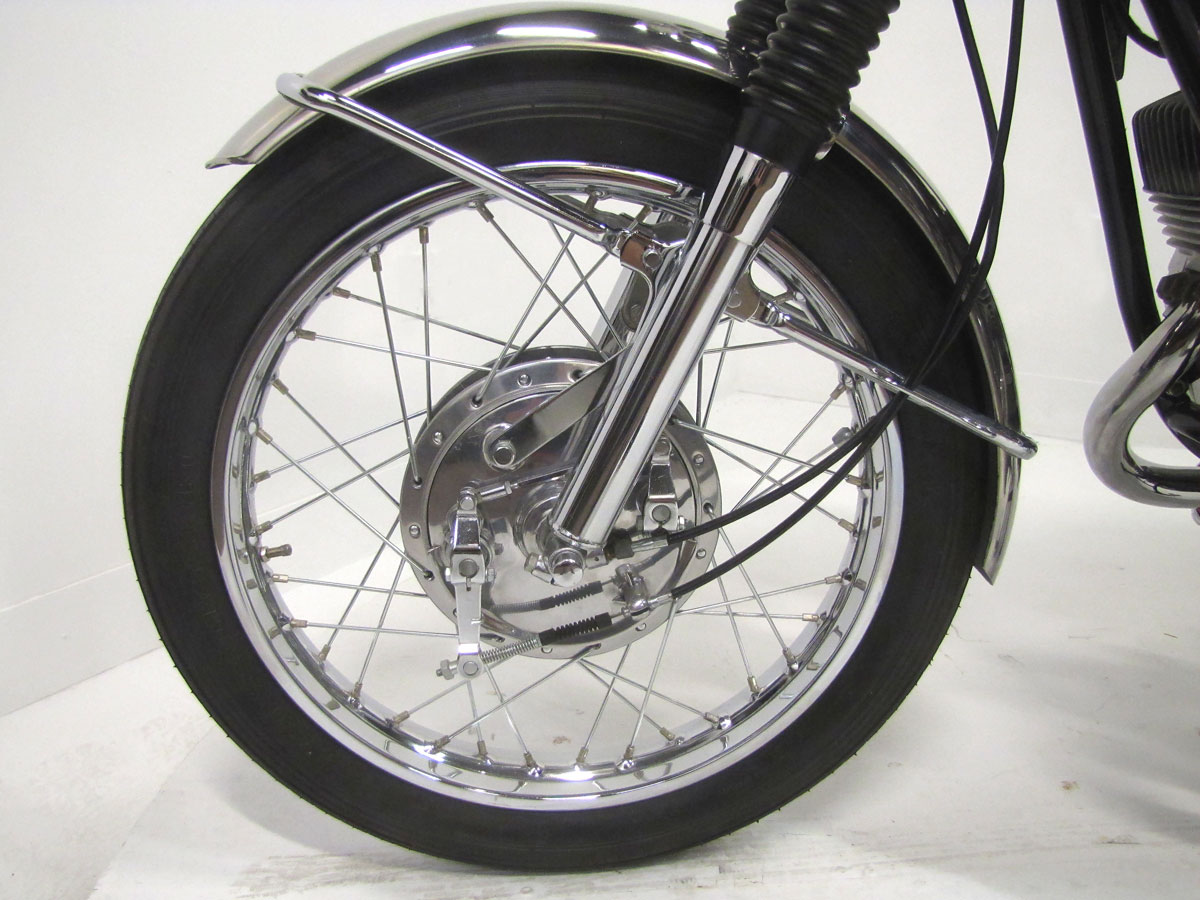
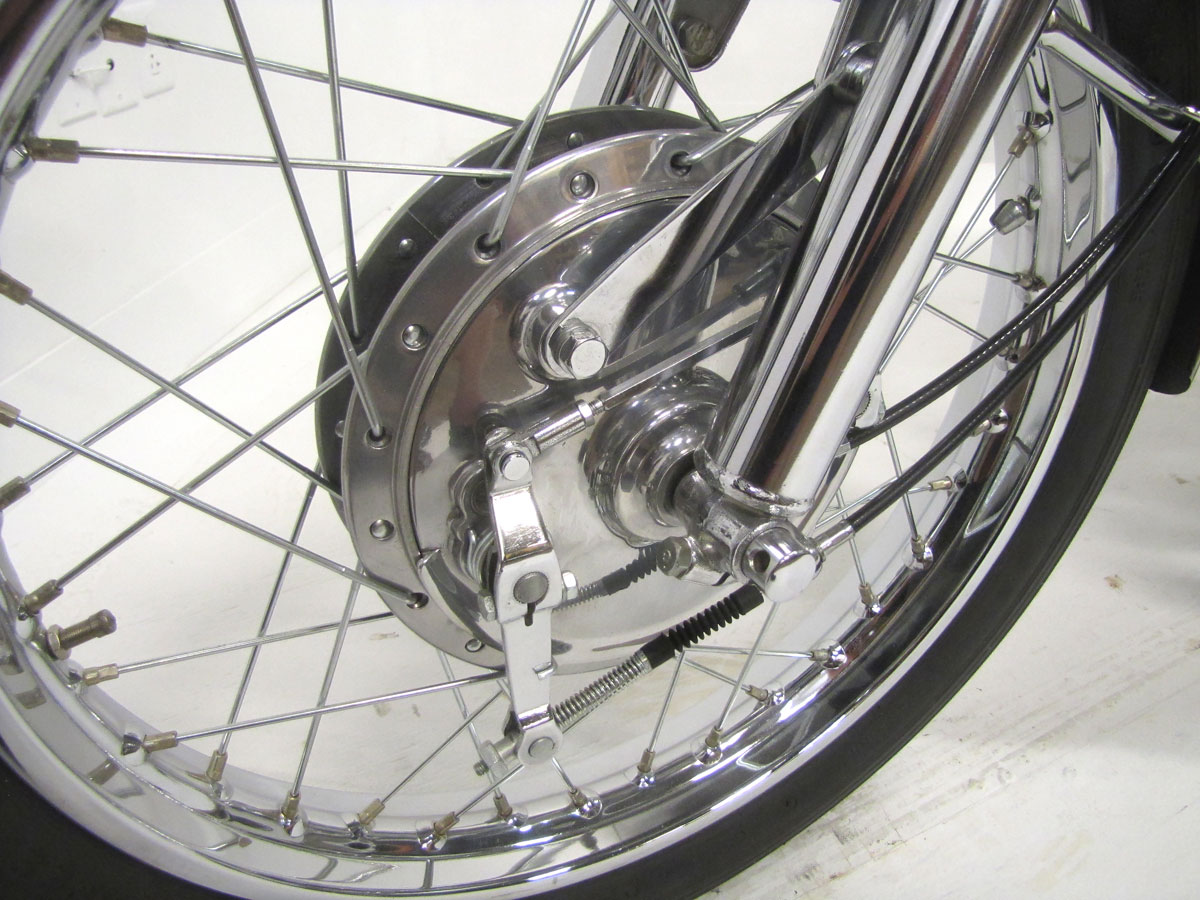
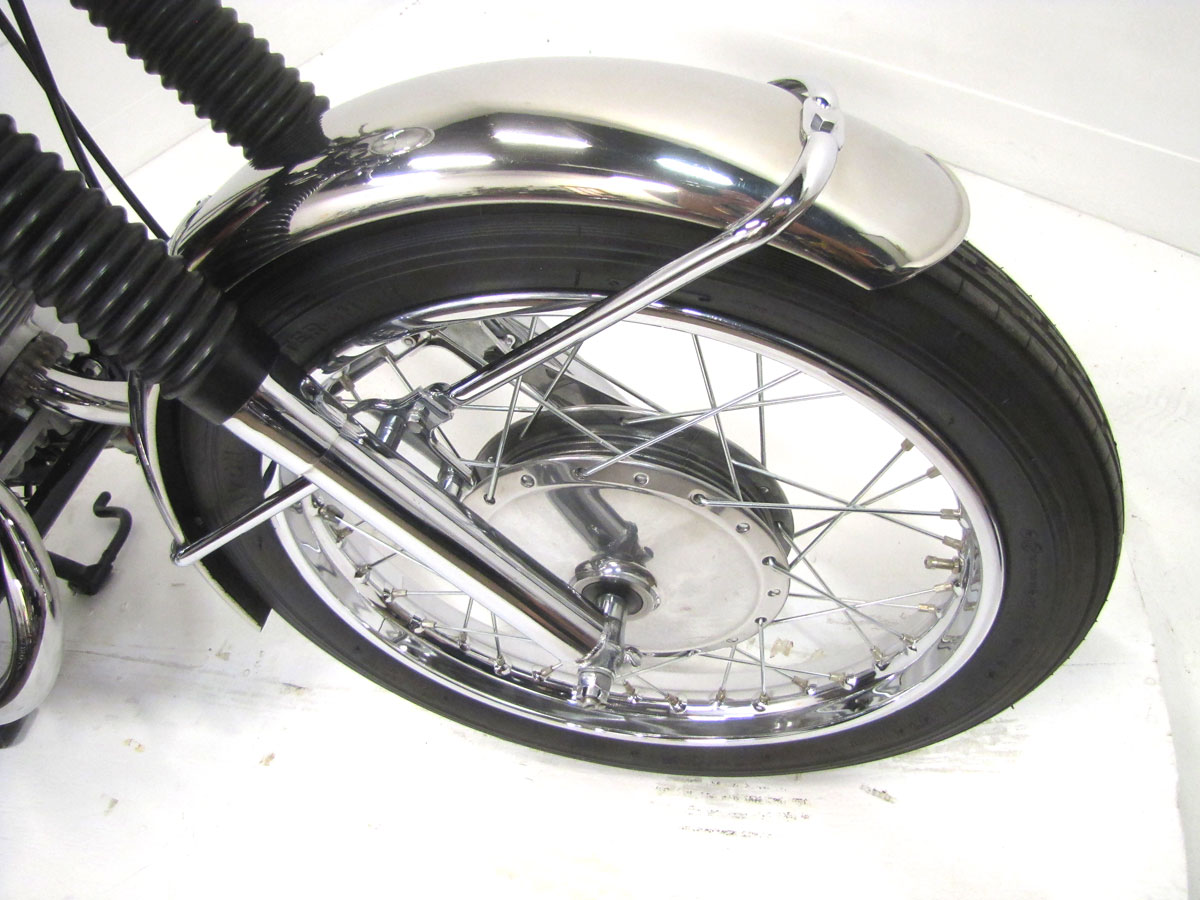
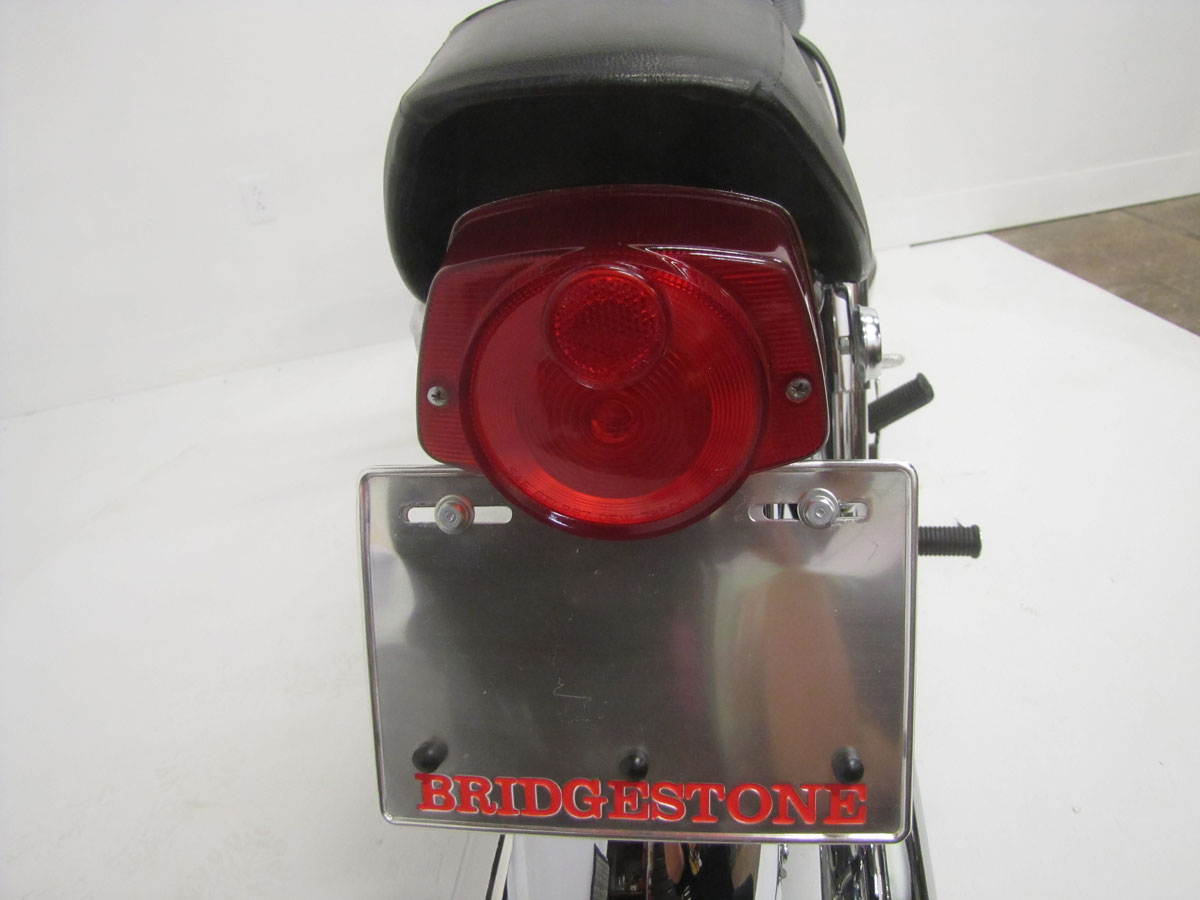
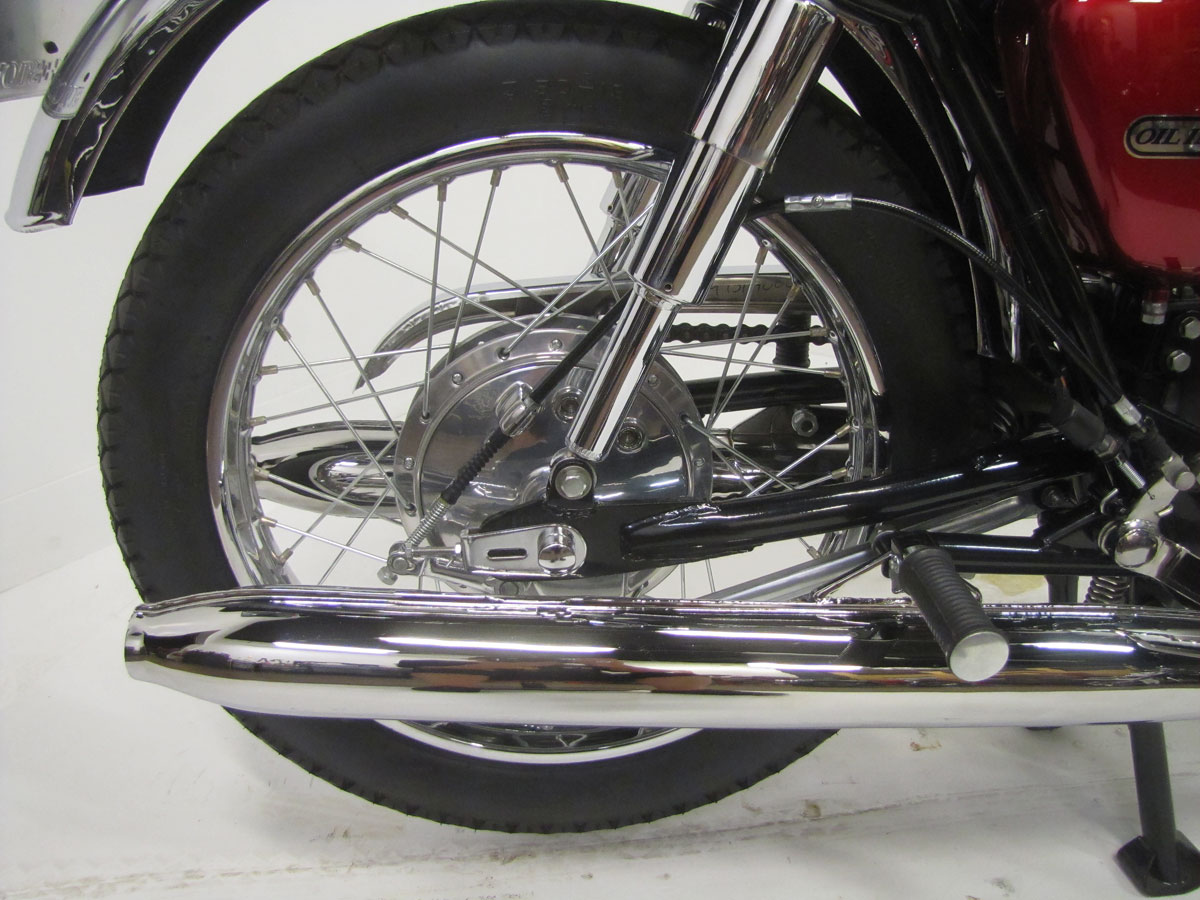
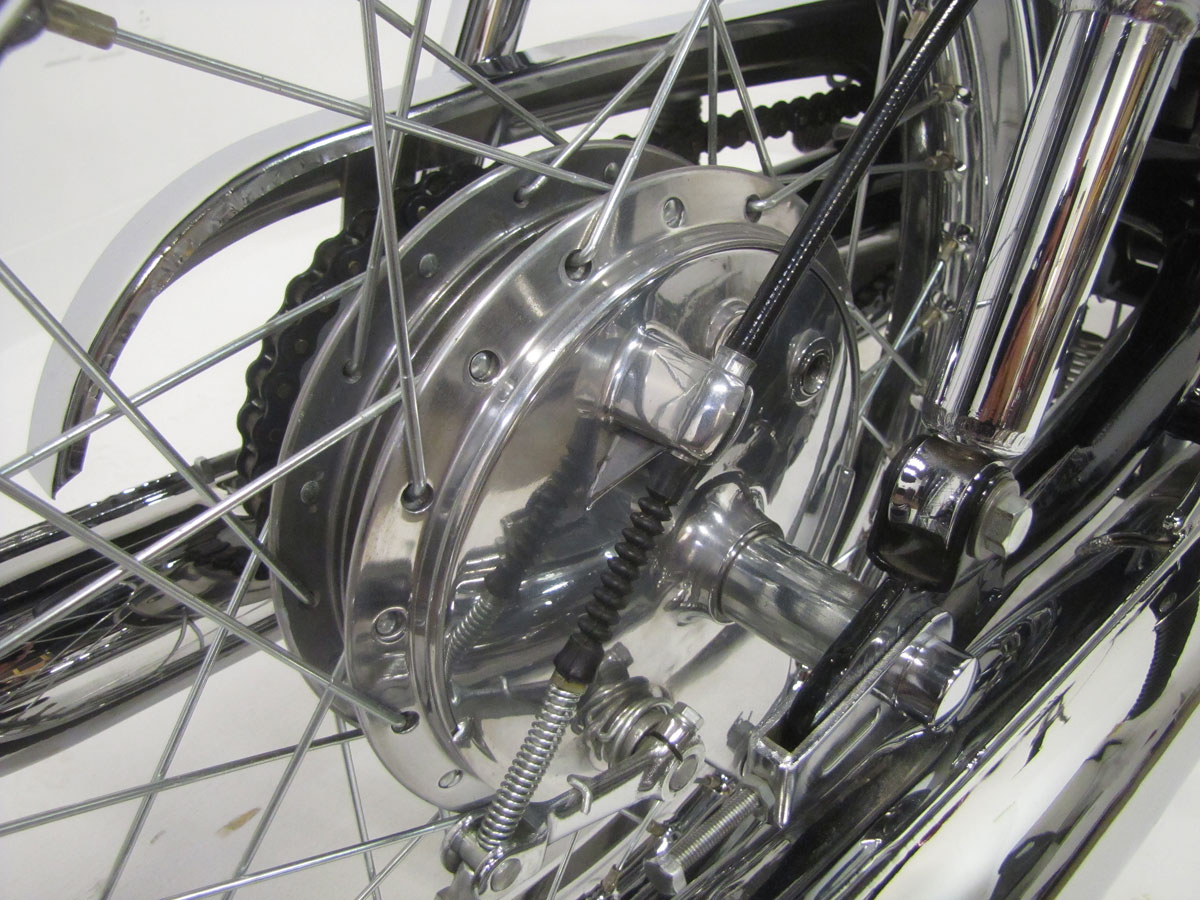
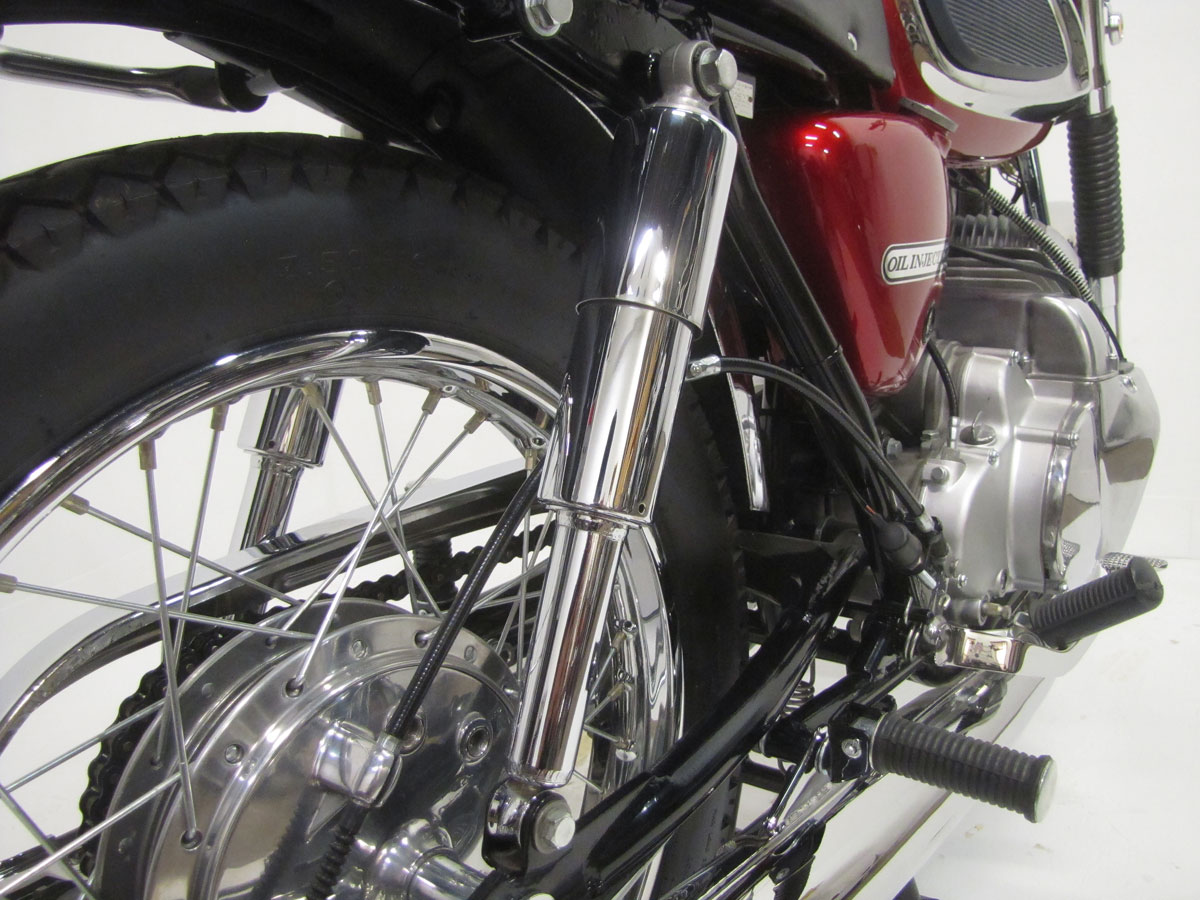
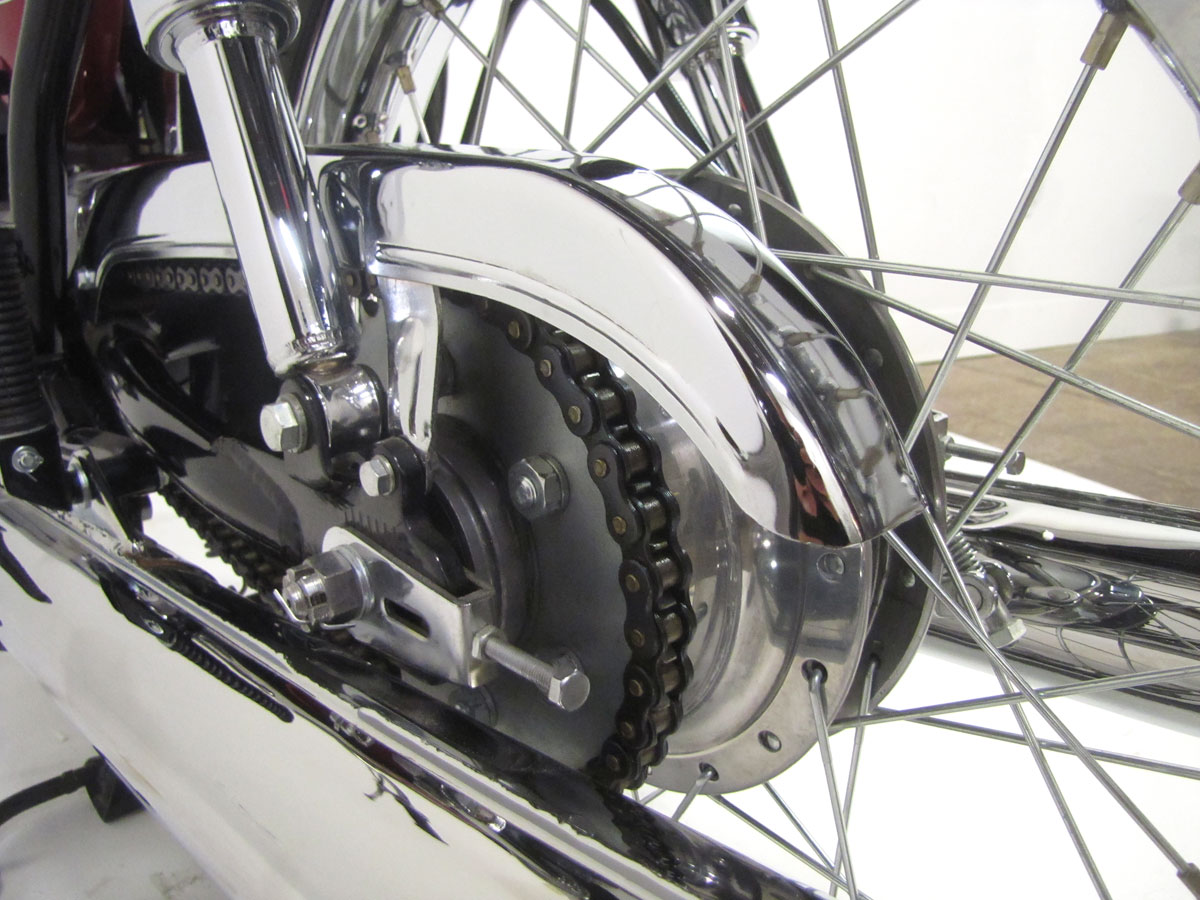
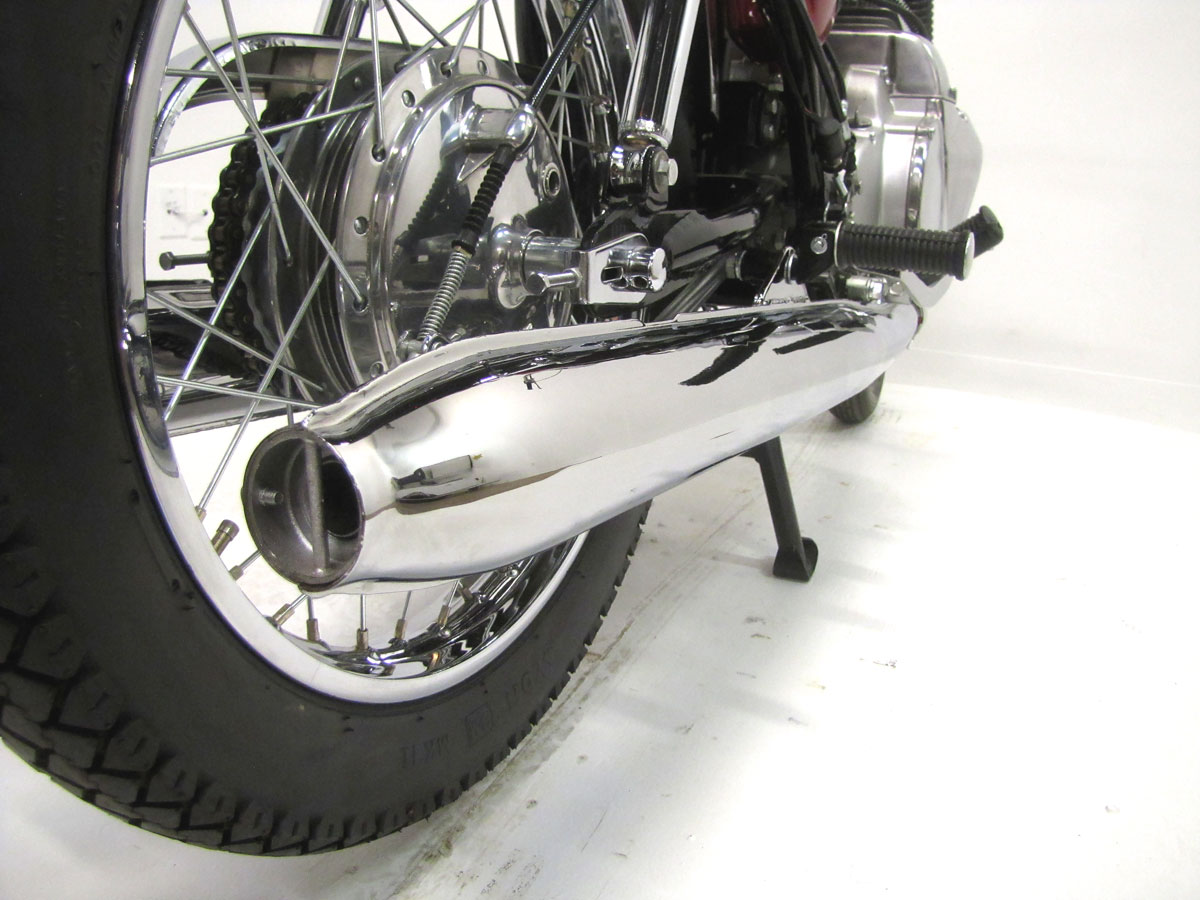
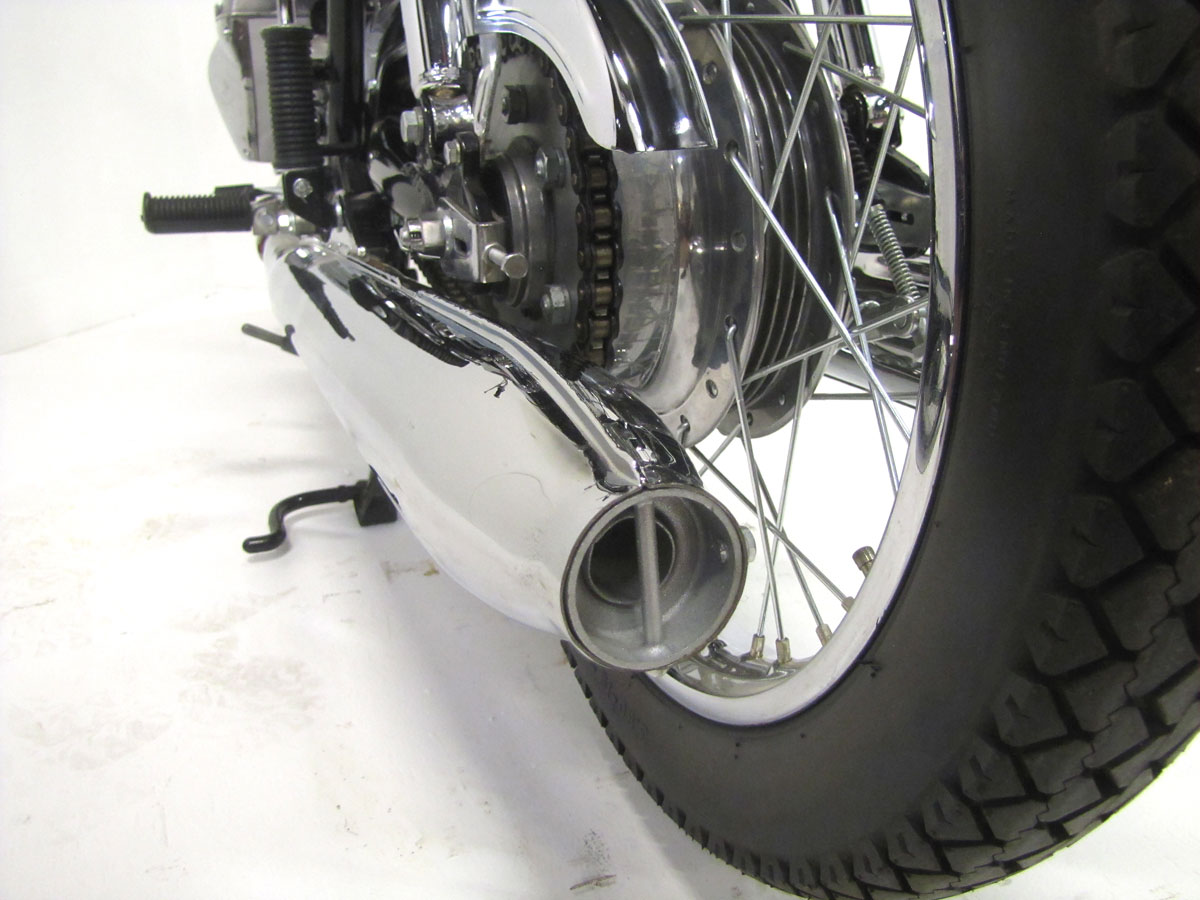
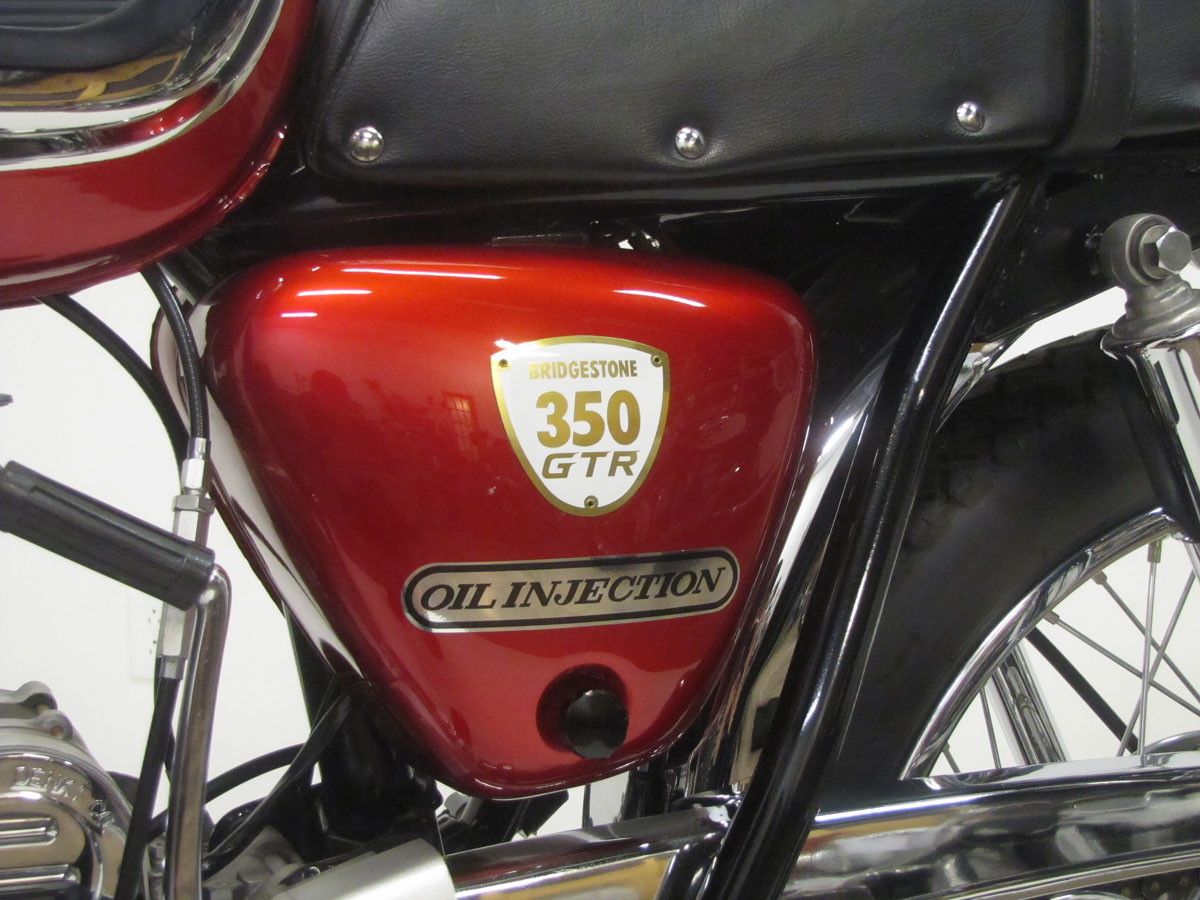
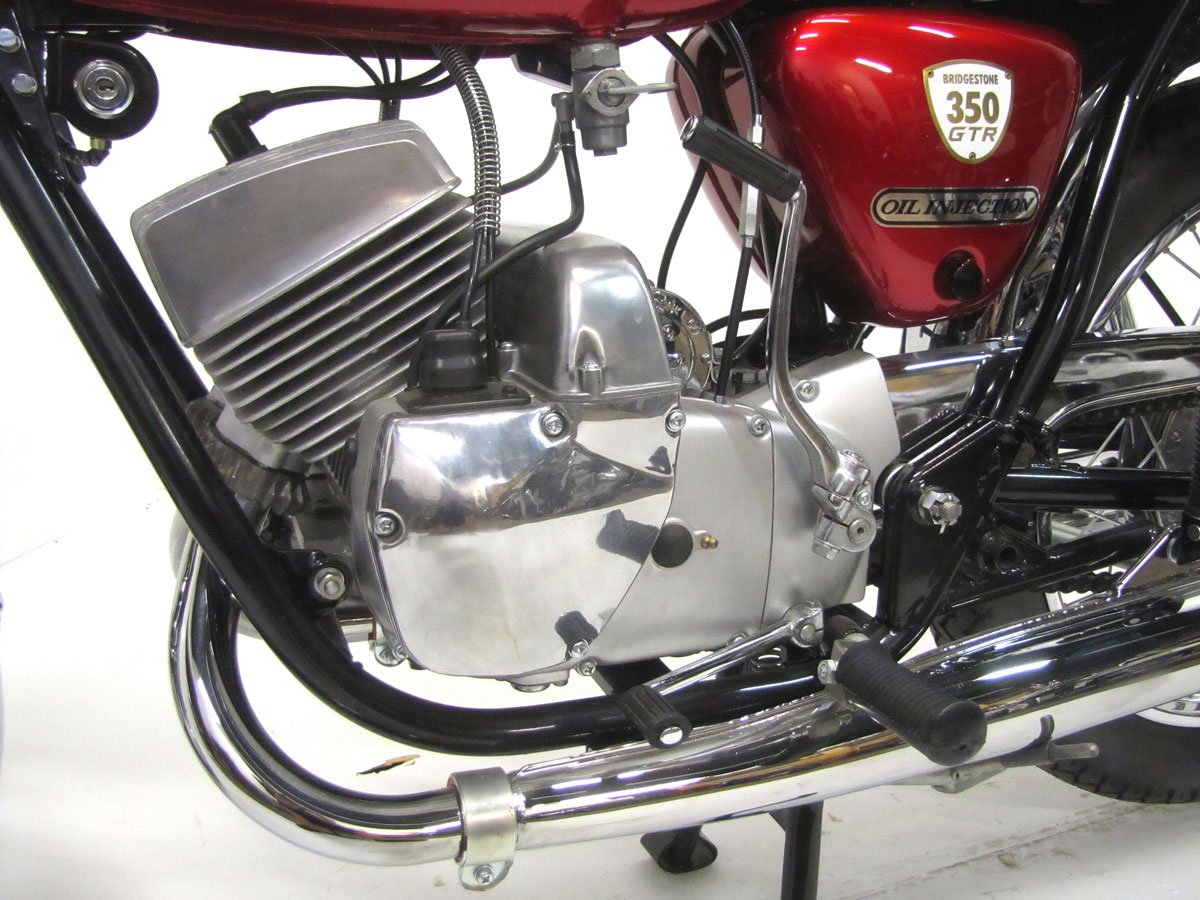
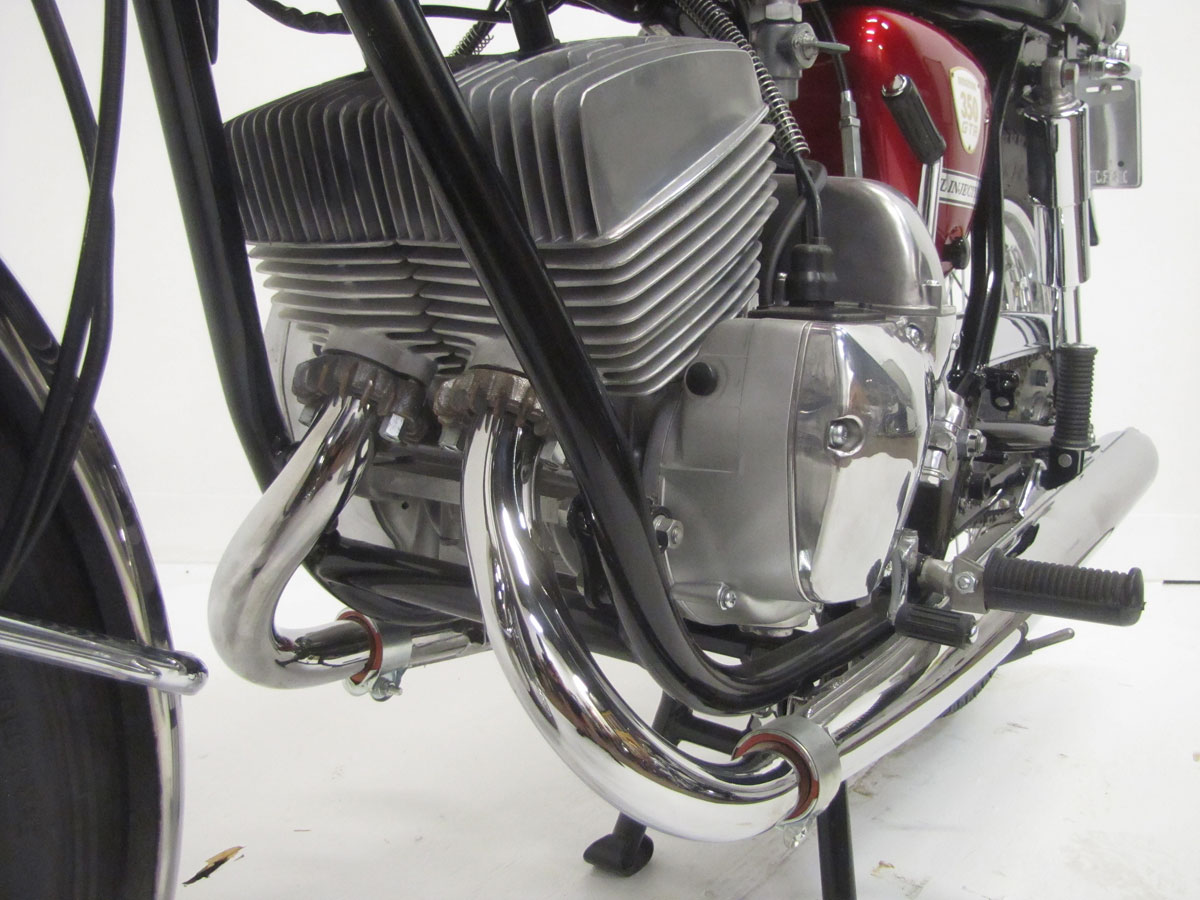
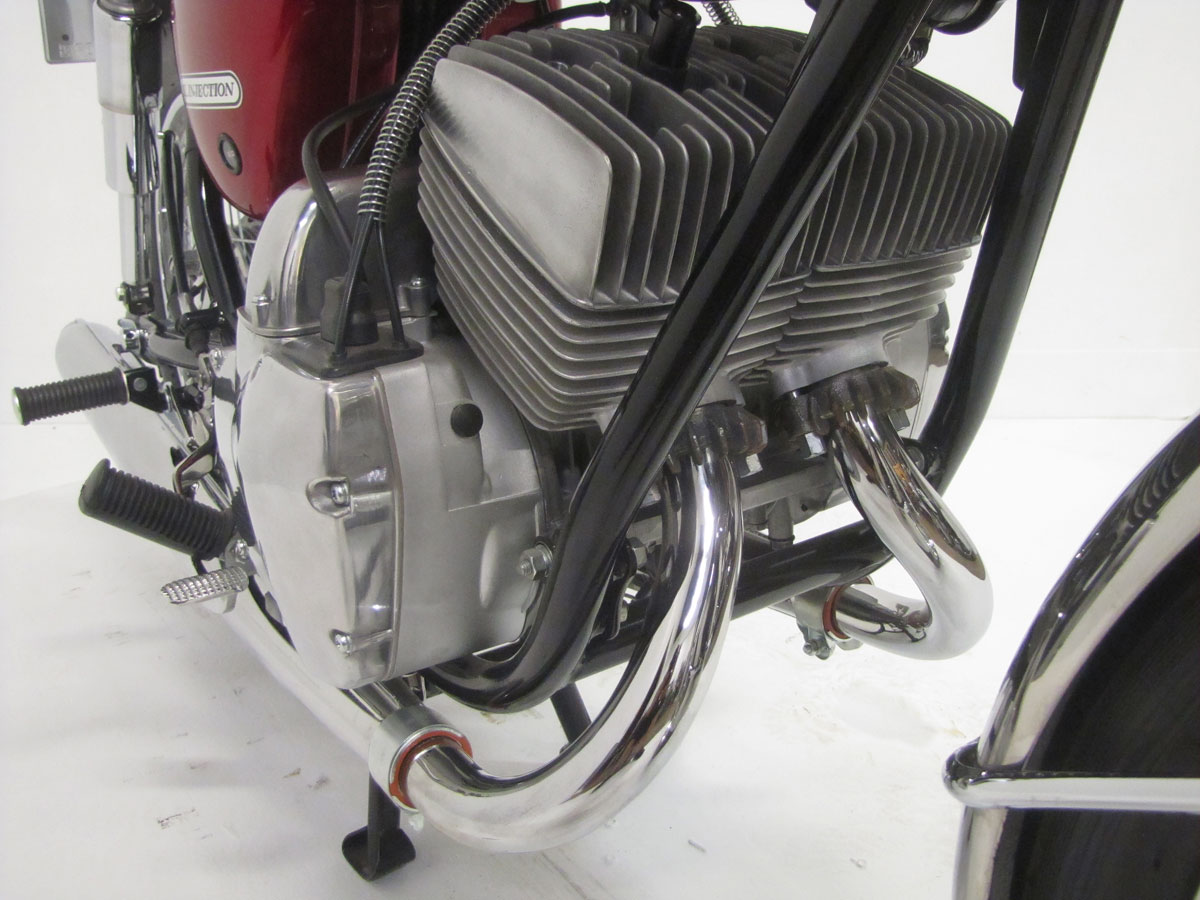
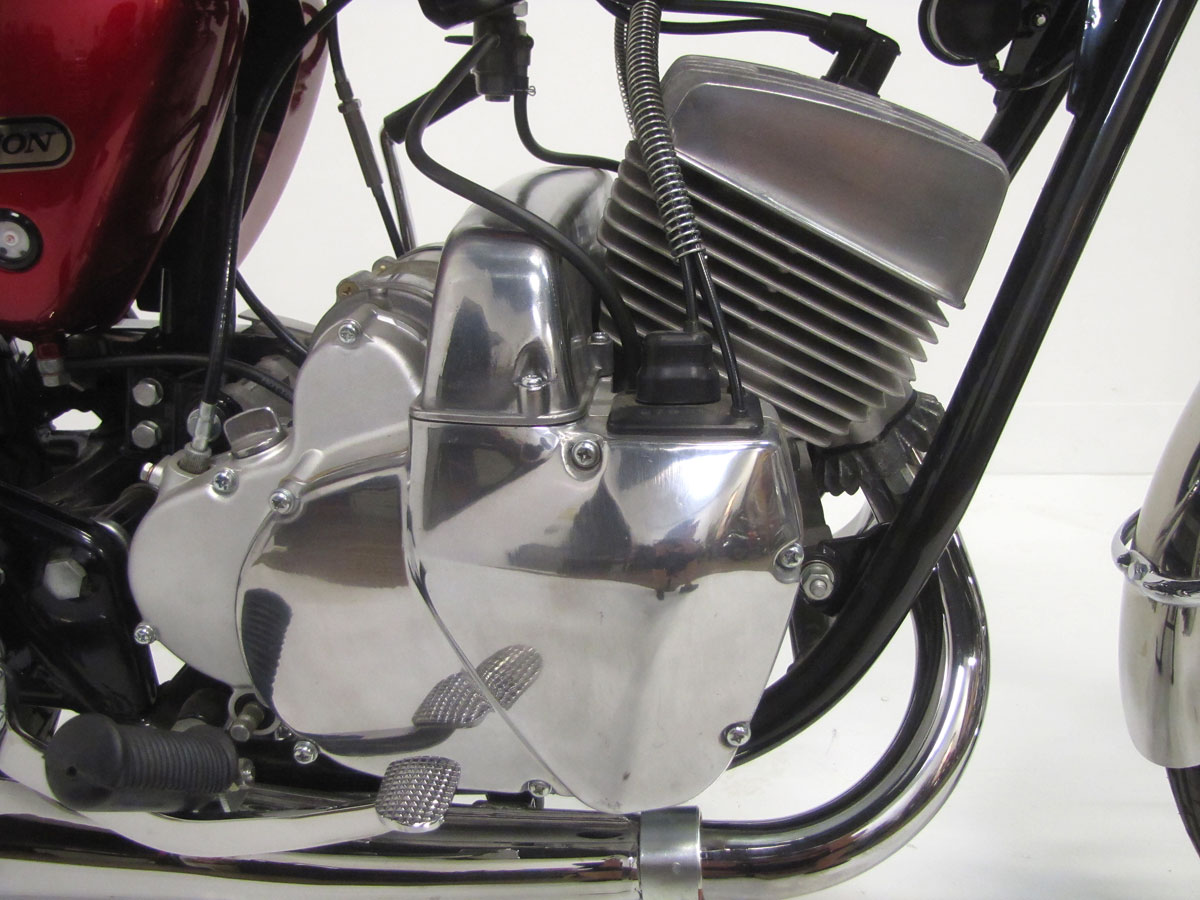
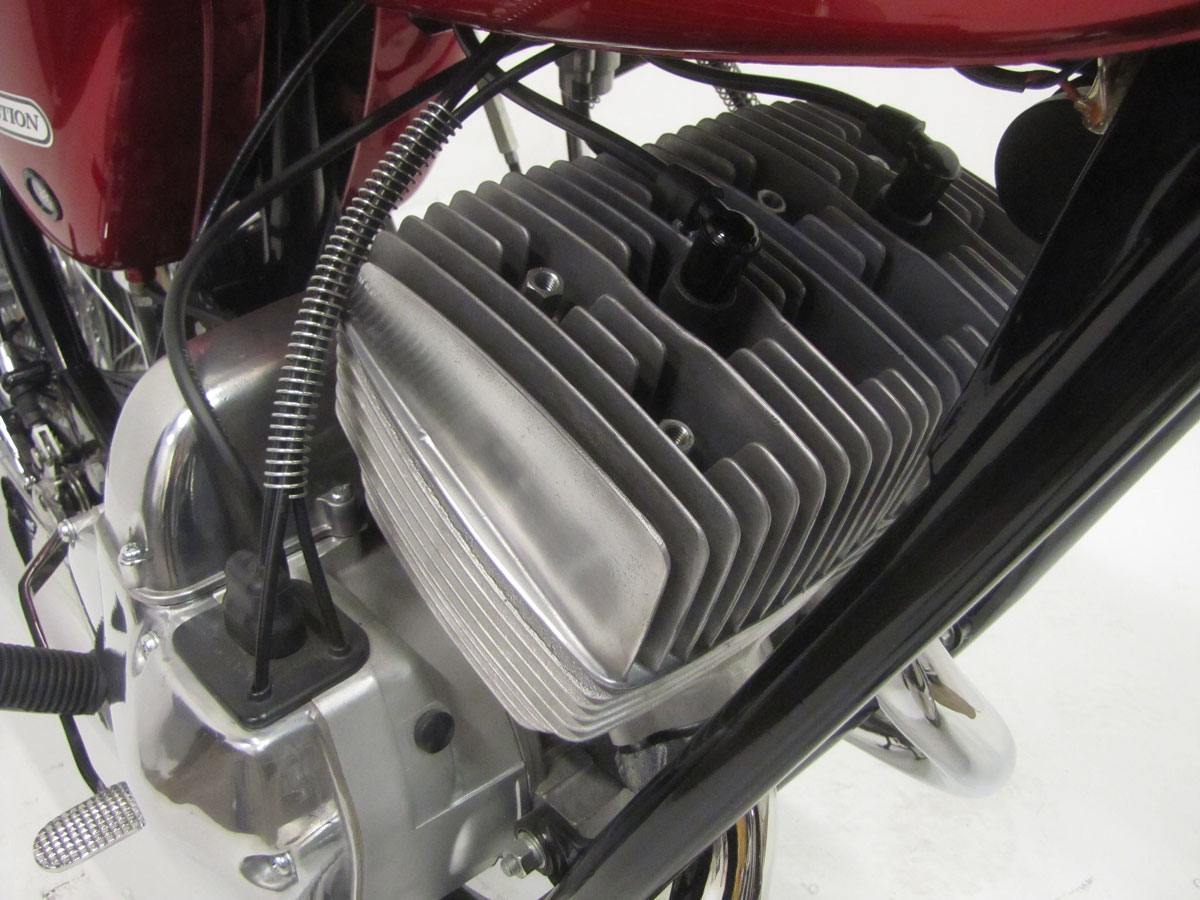



The photos are of the Ariel Square 4.
The pictures are in an Ariel. But it looks great.
Now the correct pictures are showing.
In my hometown, Bridgestones were, for some reason, looked down on by us riders of “big four” Japanese bikes, It might have been because, in the Midwest, they often were sold by farm implement dealers for some reason. Plus, rotary-valve two-strokes had a distinctive sound that was even more “ring-dingy” than our own piston-port rides. But they were good bikes, with a look much like contemporary Suzuki street machines.
I remember those, pretty rare although we had a dealer a few miles away that also had Ducati at the time. The 350 was pretty darned fast and even the 175 was plenty for most young riders. I had a Bridgestone 60 and it would beat the pants off my Ducati 125 Bronco. Too bad they decided to go after the tire market.
I owned this bike when I was 17 or 18. I always had hoped to keep it, but college & seminary were calling, and bills HAD to be paid. 🙁 I currently ride a 2005 H-D SoftTail Springer.
My first motorcycle was the 2-stroke 200cc White Bridgestone scrambler with high pipes with extended chrome tips. It was a beautiful bike and had decent acceleration and speed. Lots of good memories. My only dislike was that it smoked quite a bit. I ended trading it in towards a new 73 Suzuki TS 250 (Green) that cost $894.
Many thanks to everyone at the Museum for their efforts in allowing me to share this great motorcycle. The Bridgestones were a unique entry in the market for their time. The Vesco brothers set 2 land speed records with the 350 GTR shortly after its arrival in the U.S. The 350 also left its mark in the road racing community with many wins both domestically and internationally. Known for their “long legs”, the rider was kept aware by a “5th gear” light in the speedo, reminding him there was still 6th gear left for a bit more. Please visit the Museum and enjoy this bike up close, along with all the other fabulous attractions on display………..Kerry
What road race did a BS GTR win?
The ads of that time claimed a 14 second 1/4 mile and 104 MPH top speed. I own an original one owner purchased September 7th 1967 and 3 parts bikes. The production numbers of GTR and GTO combined was about 10,000 from June of 1967 till March of 1971. Bridgestone started building bicycles with motors in 1952.
Got one in running condition in my garage as I’m writing this comment.
Please make up your mind which side of the bike you want the oil injection tank on. It should be on the right side but you have a reverse picture showing it on the left
I bought one new at age 16 in 1968 for about $800. The dealership was a car repair shop. I drove all the country roads within 50 to 75 miles. Fun! It was a great bike, except that it frequently fouled the plugs due to the not perfect oil injection. Sold it when I went to college and haven’t ridden a bike since.
I bought one new at age 16 in 1968 for about $800. The dealership was a car repair shop. I drove all the country roads within 50 to 75 miles. I can attest to a top speed of 97 mph. Fun! It was a great bike, except that it frequently fouled the plugs due to the not perfect oil injection. Sold it when I went to college and haven’t ridden since.
Got one sitting in my garage
Starts first kick all the time
Great sounding, goes like a rocket
Very light weight, compared to my RD Yamaha.
I’ve got a restored 1967 Bridgestone 350 GTR in my basement. I’m the second owner and purchased the bike
in 1971. It still runs great.